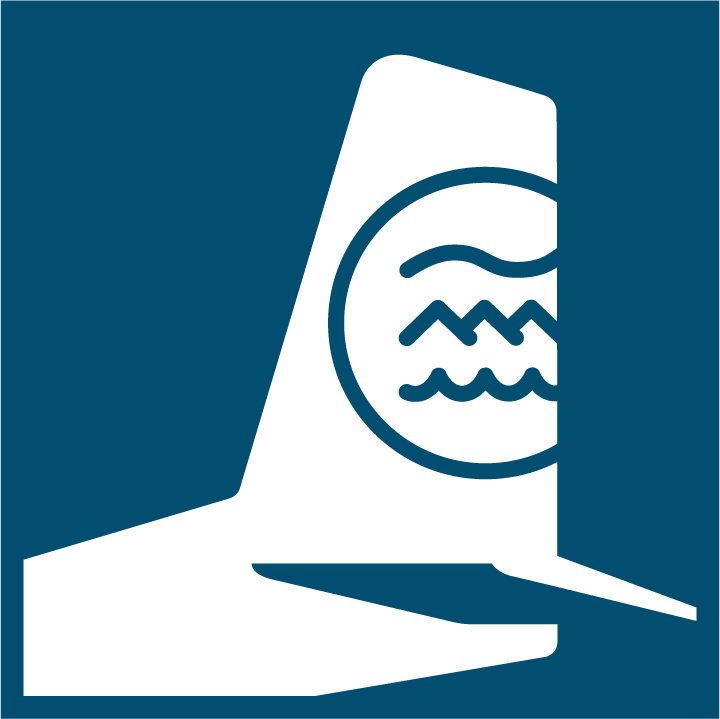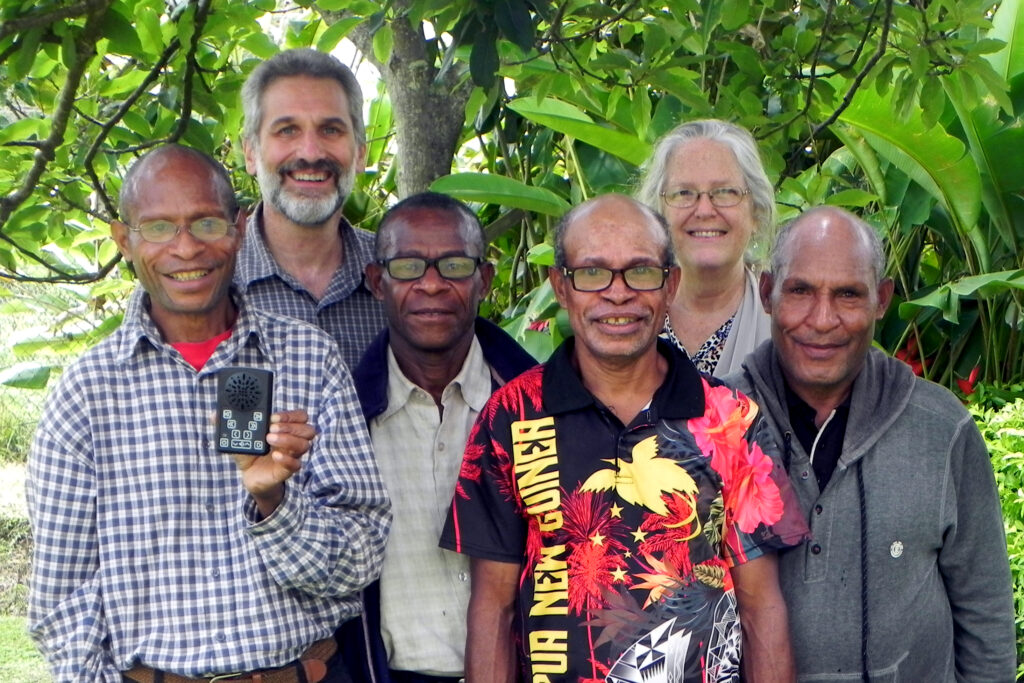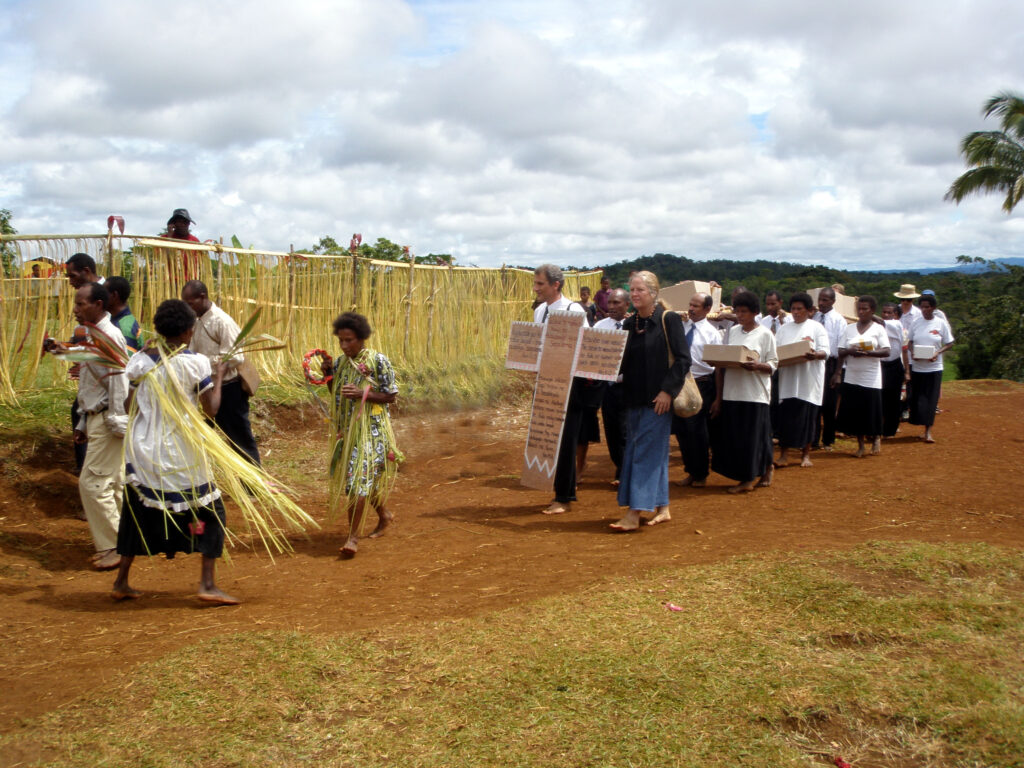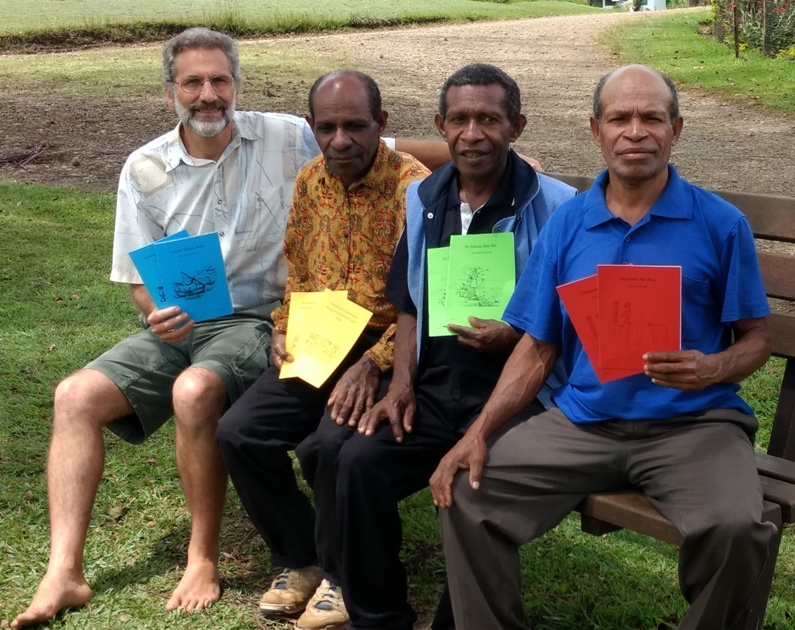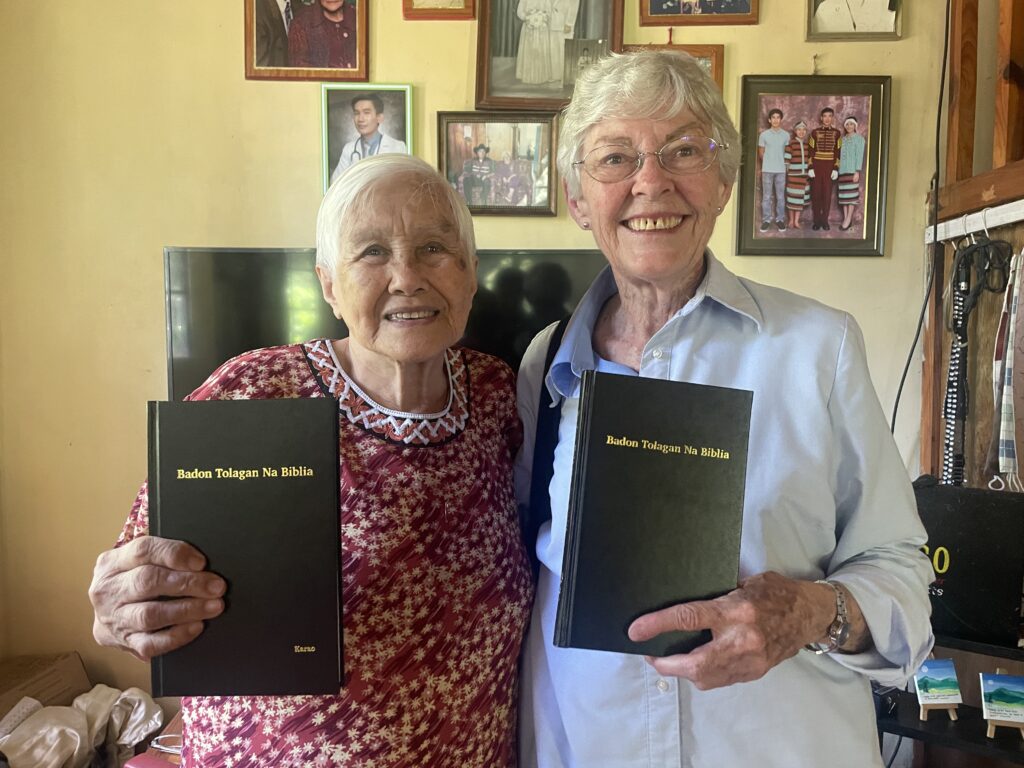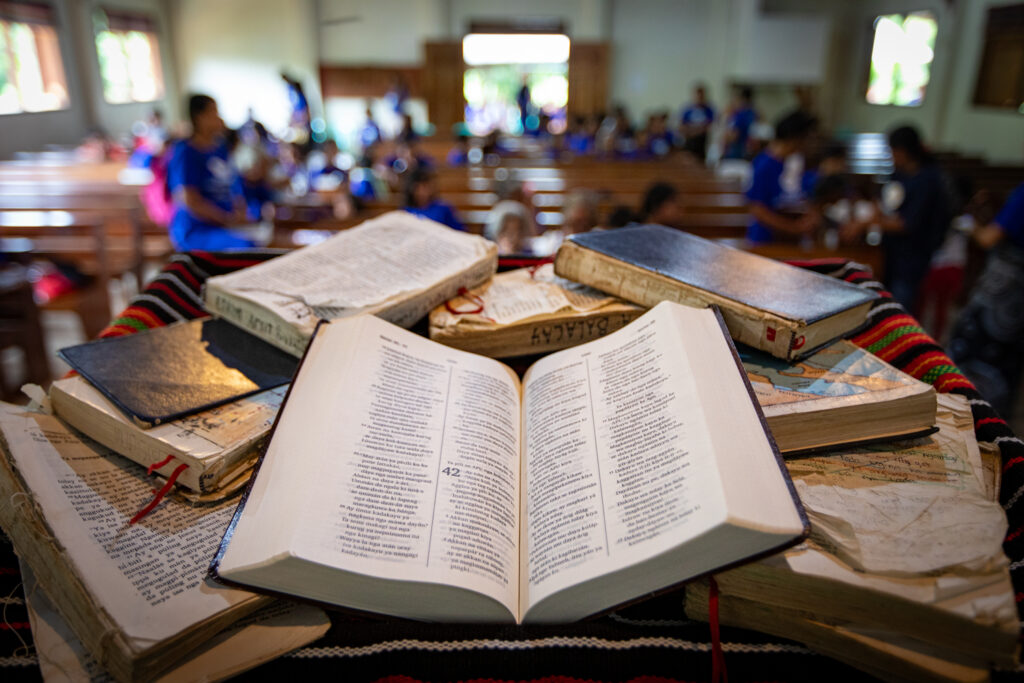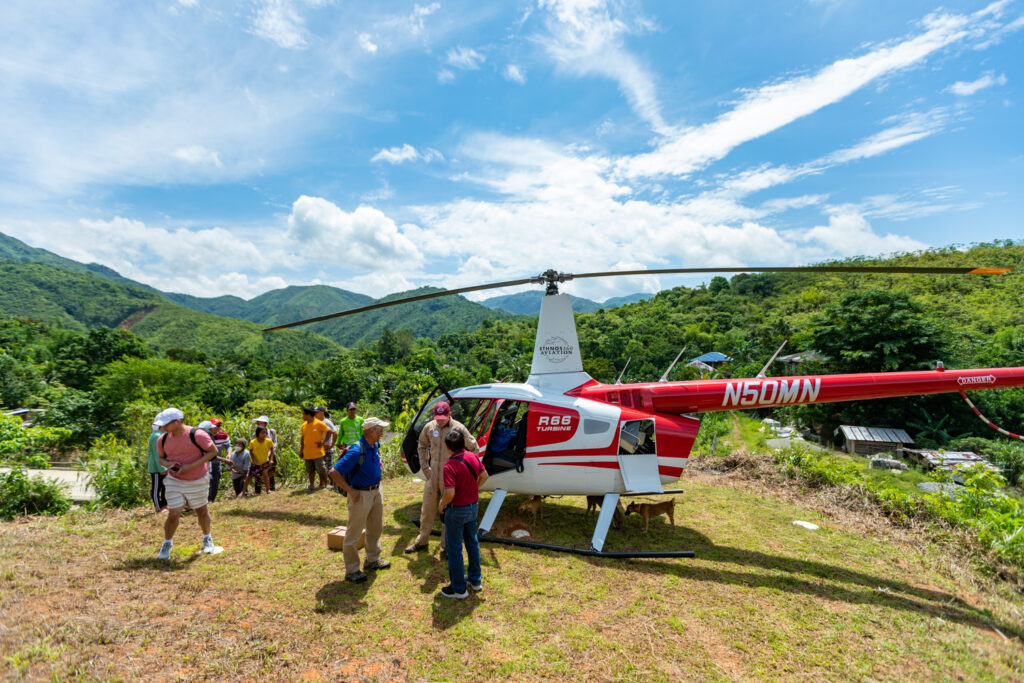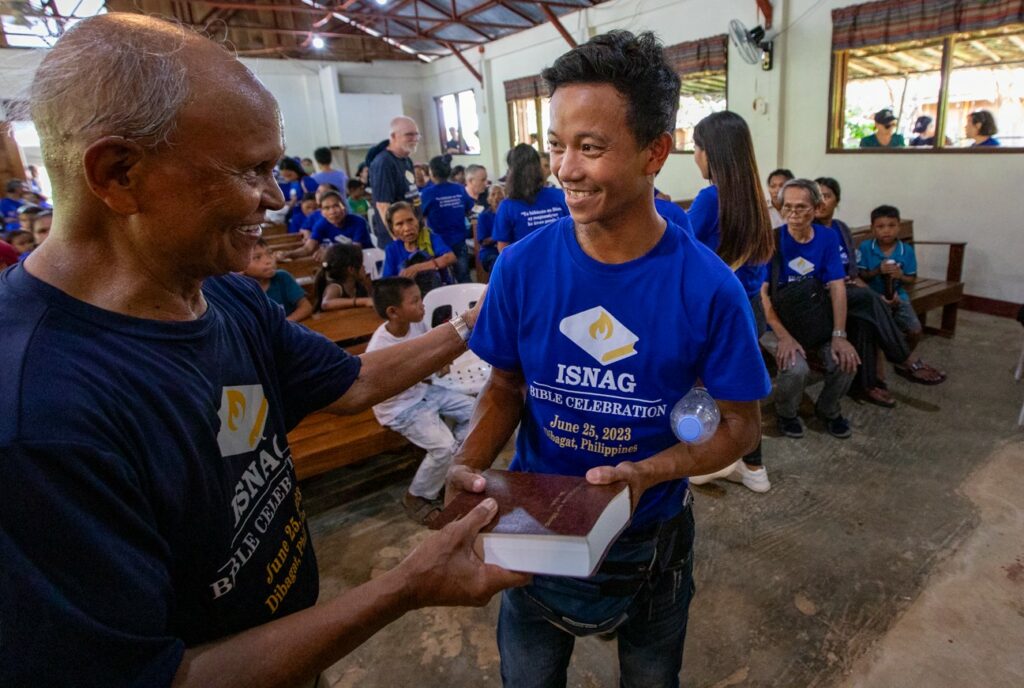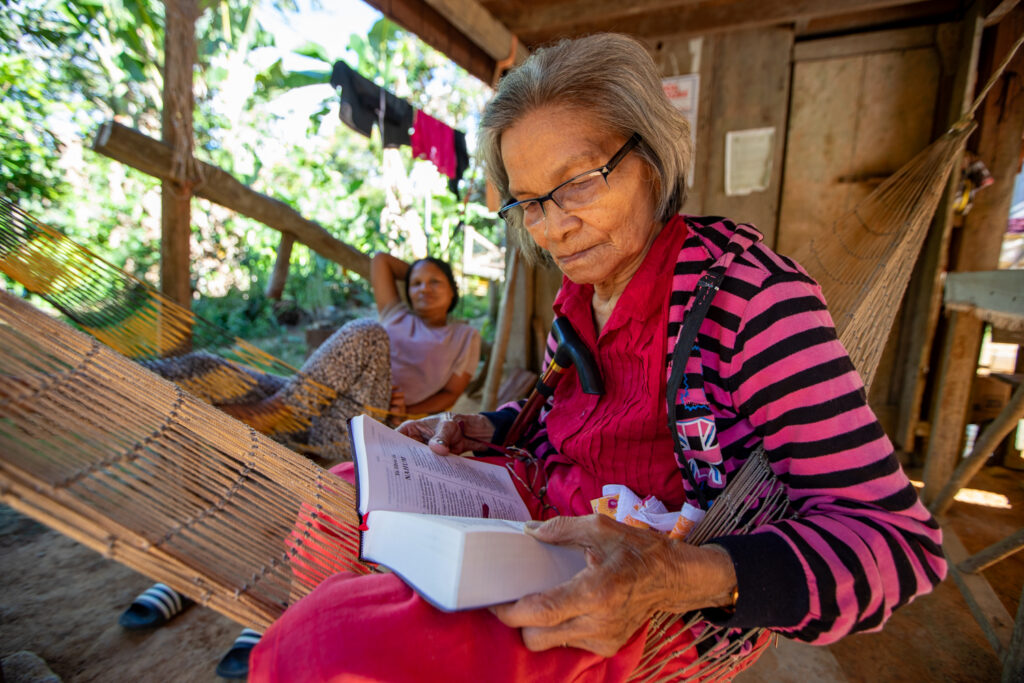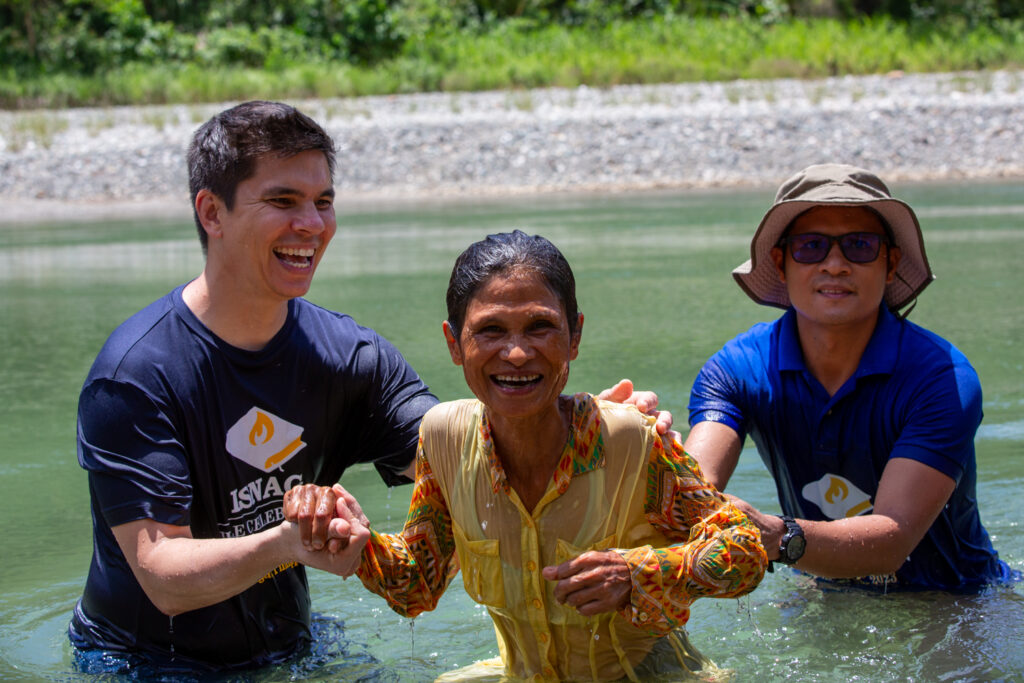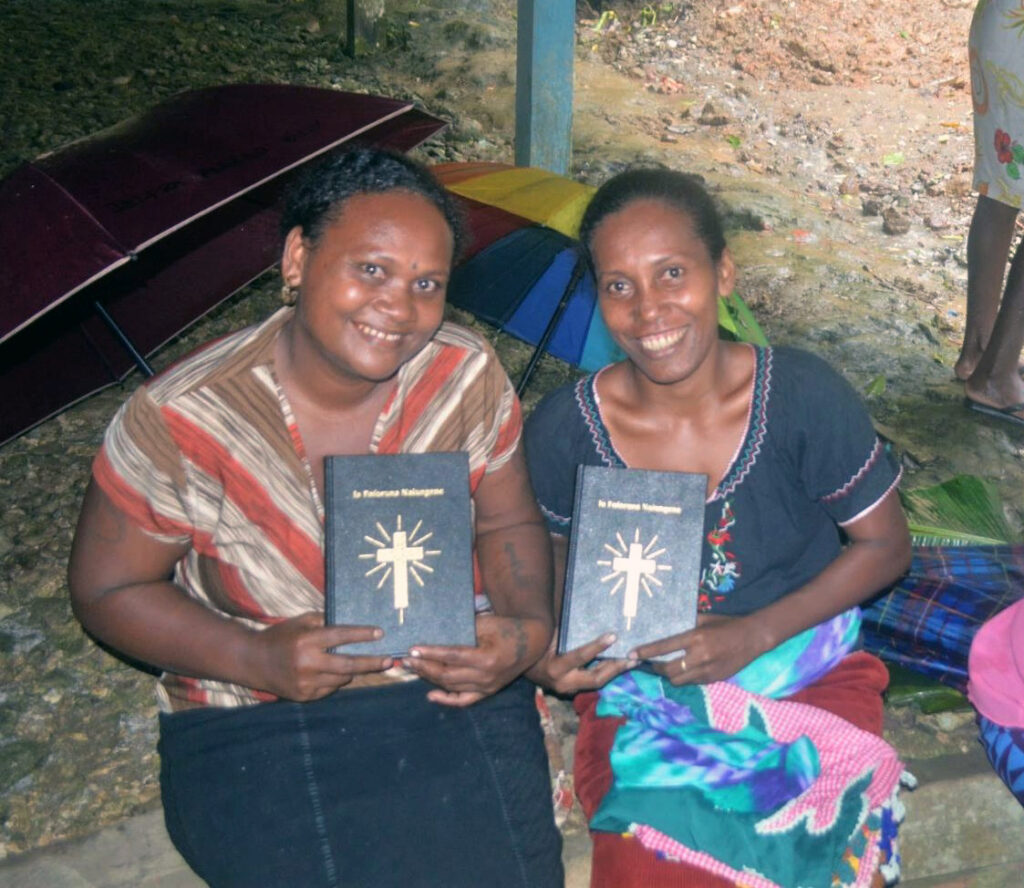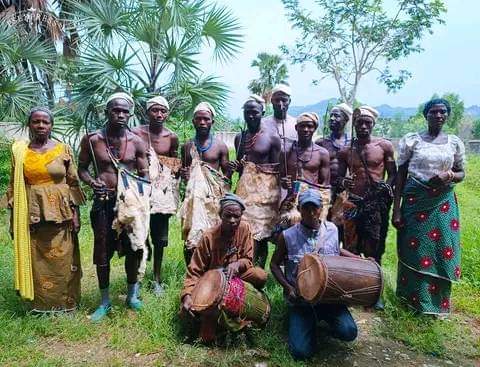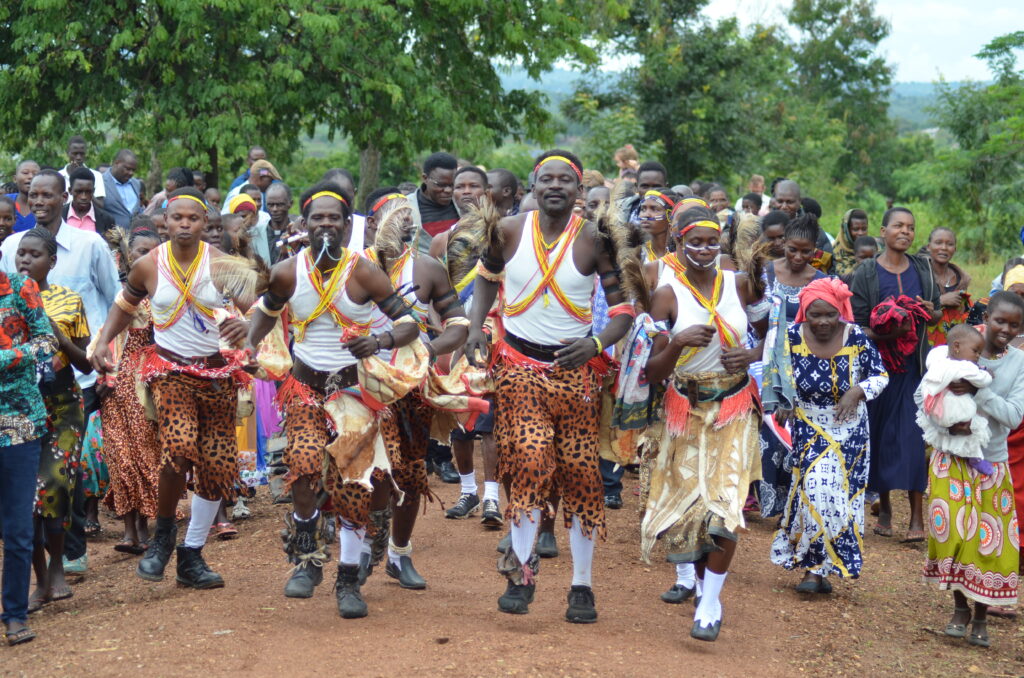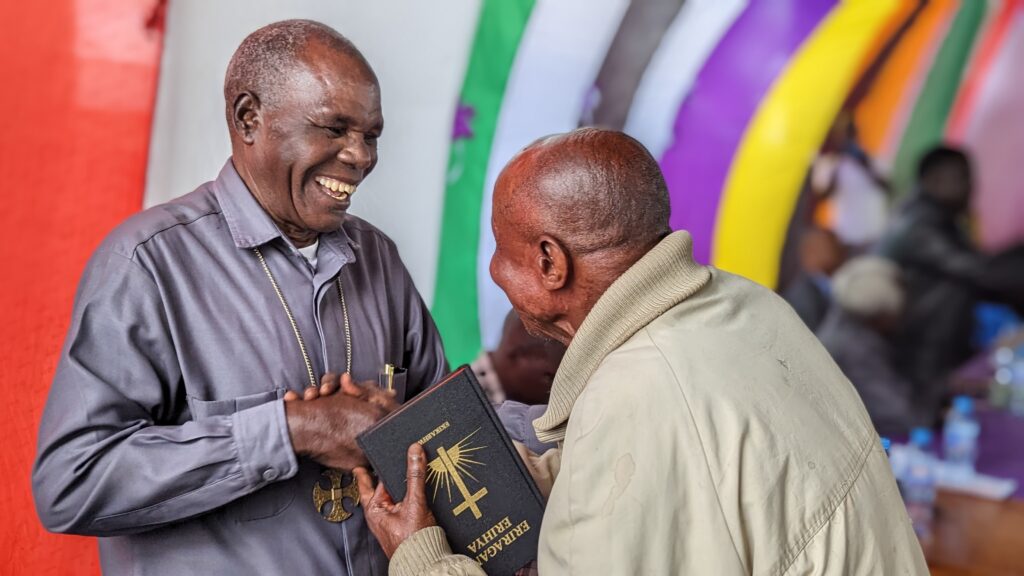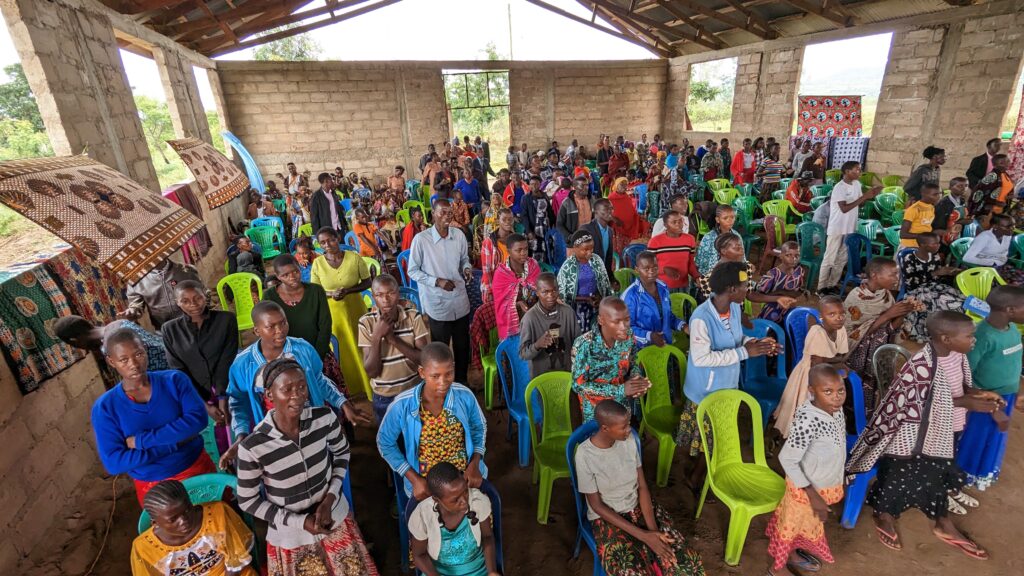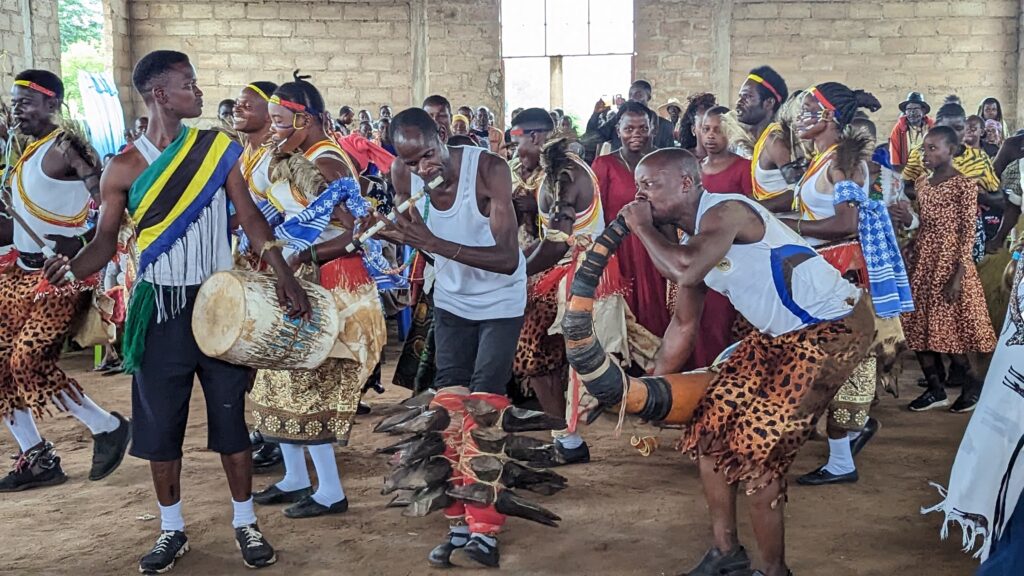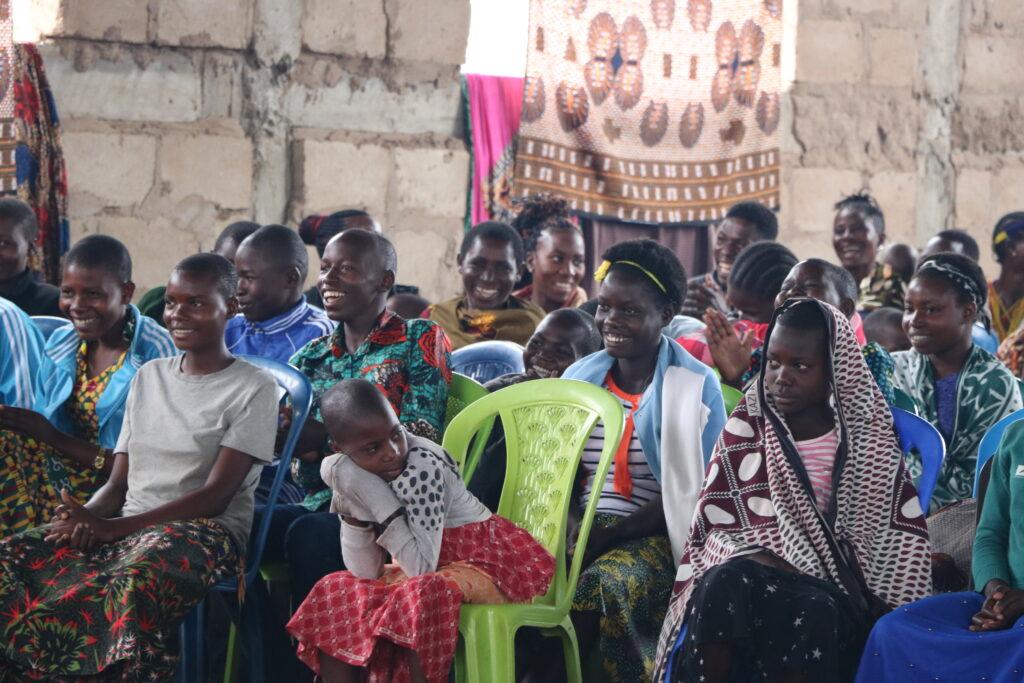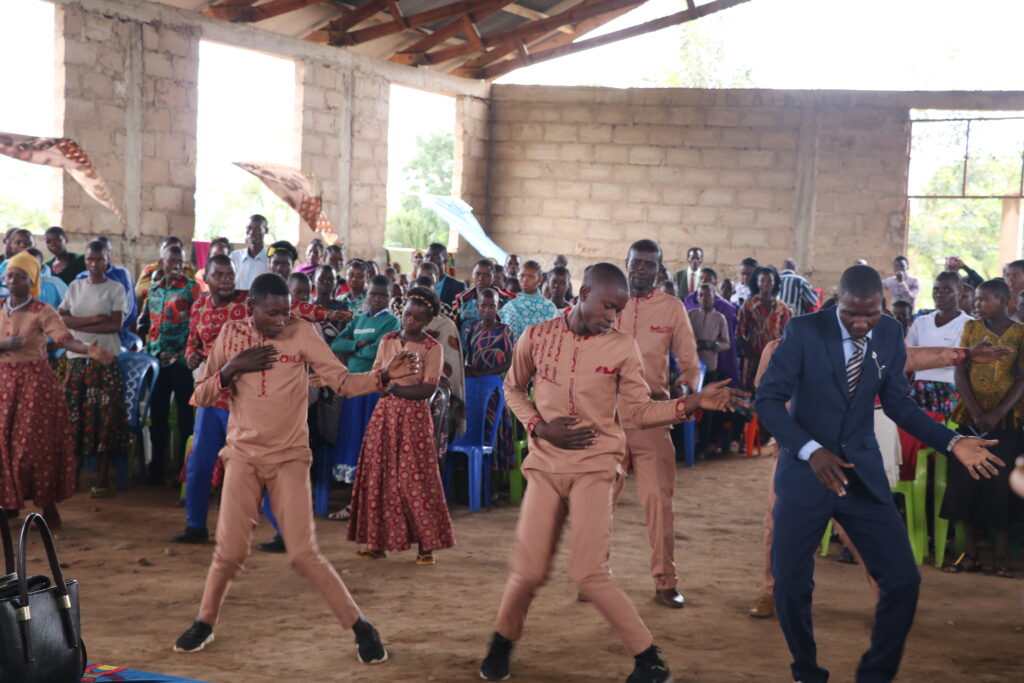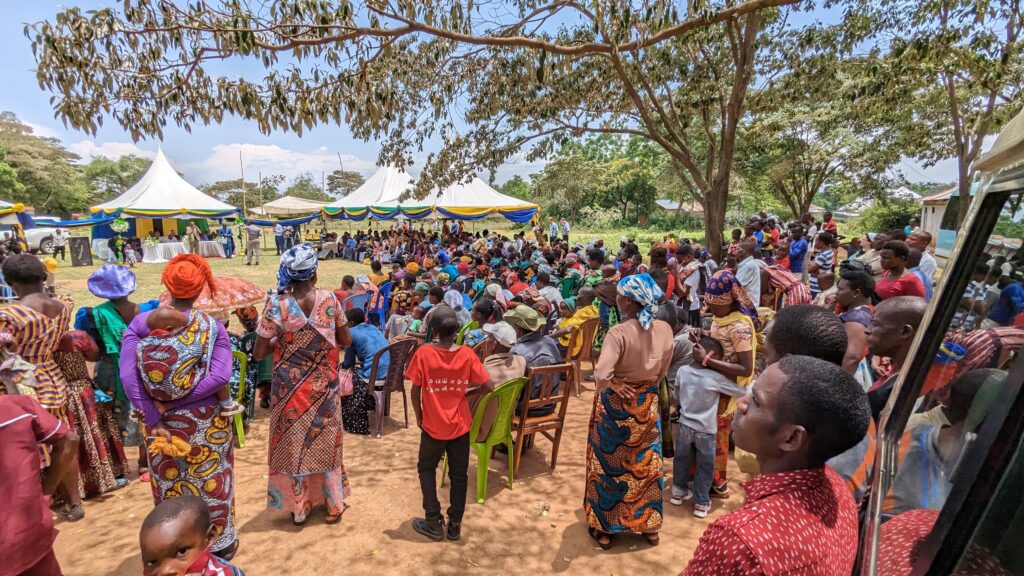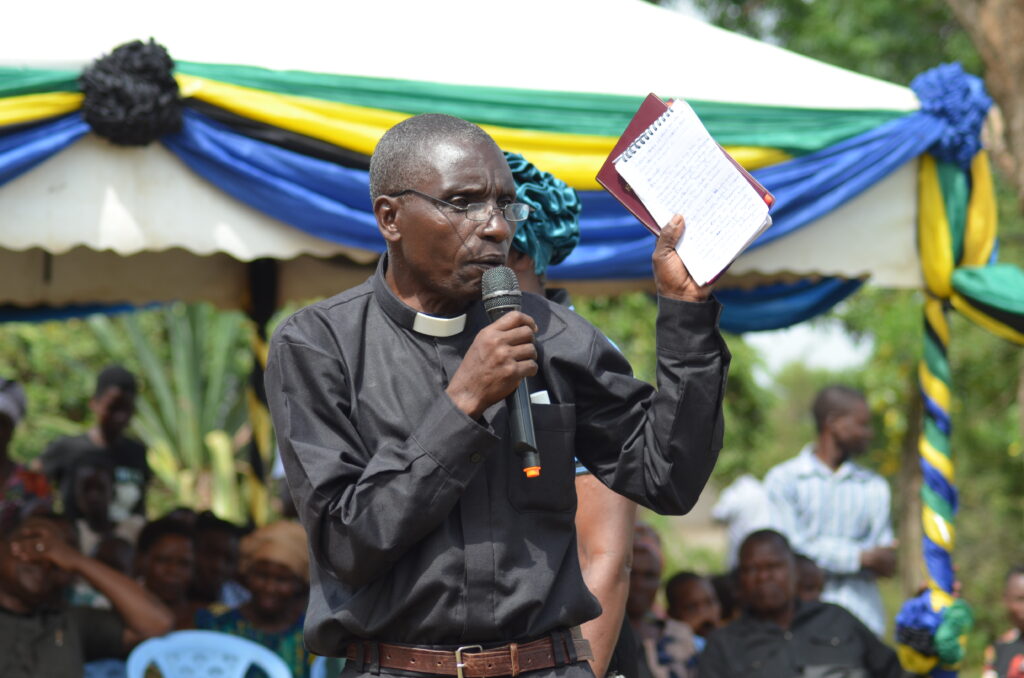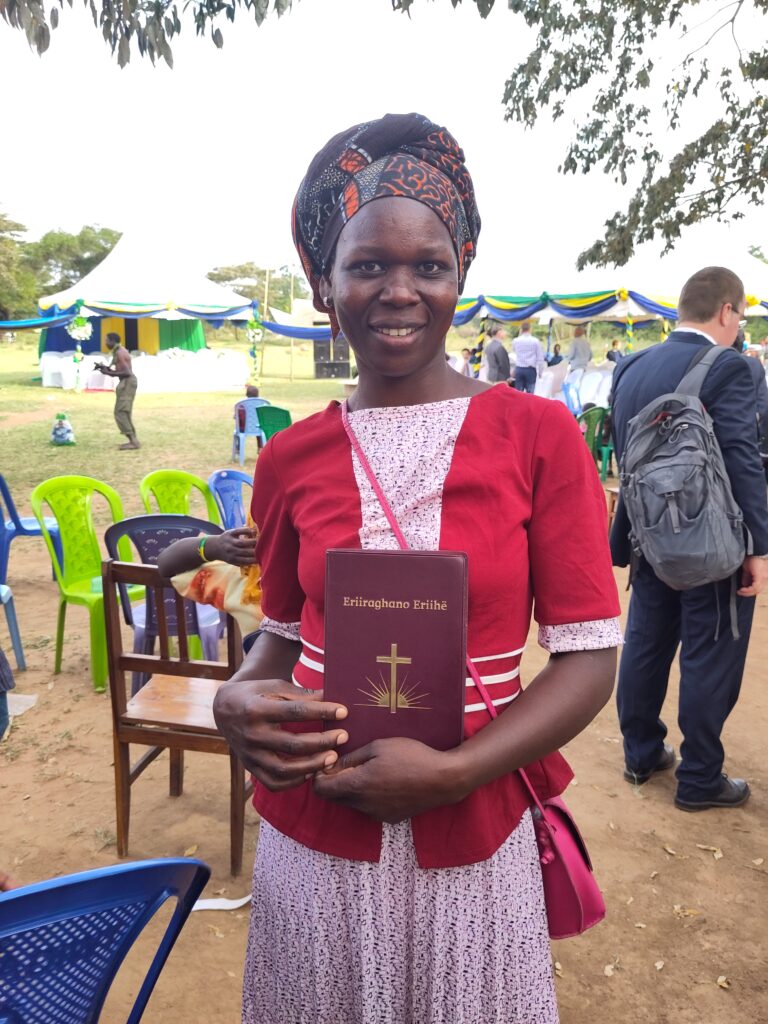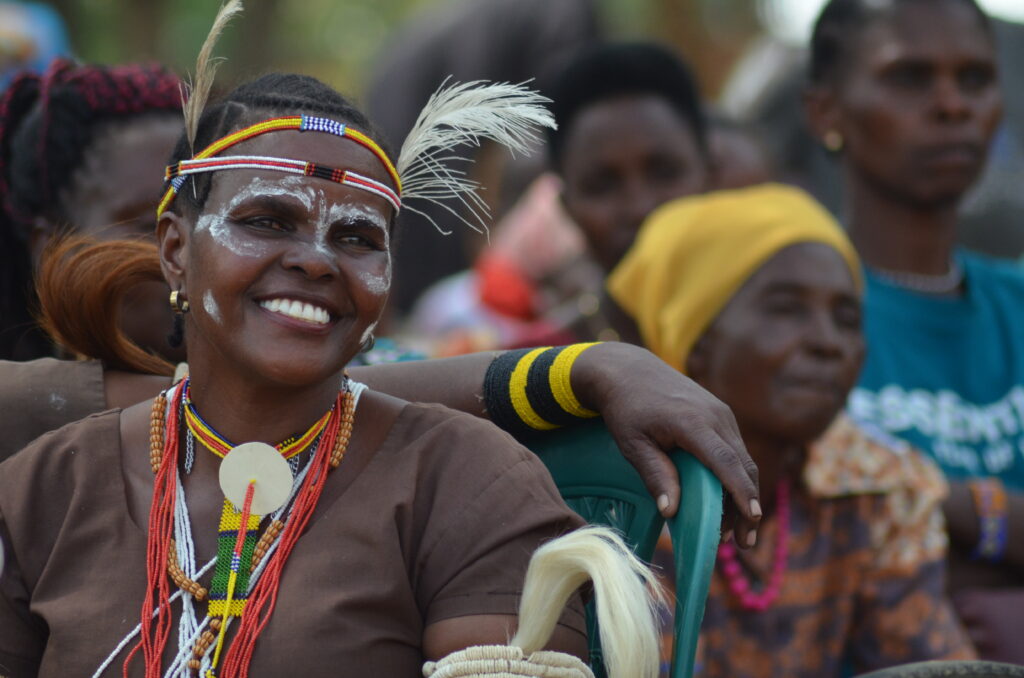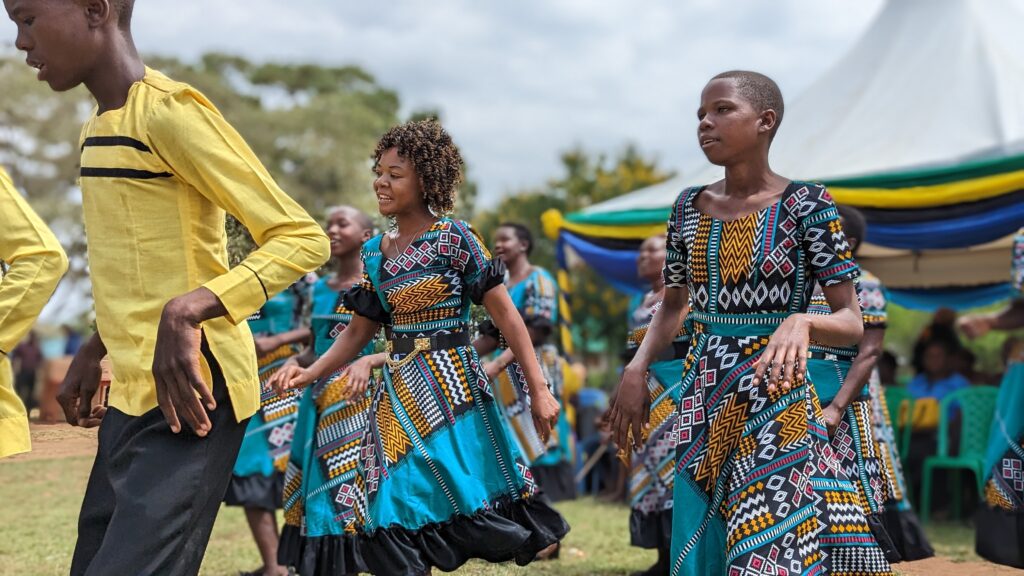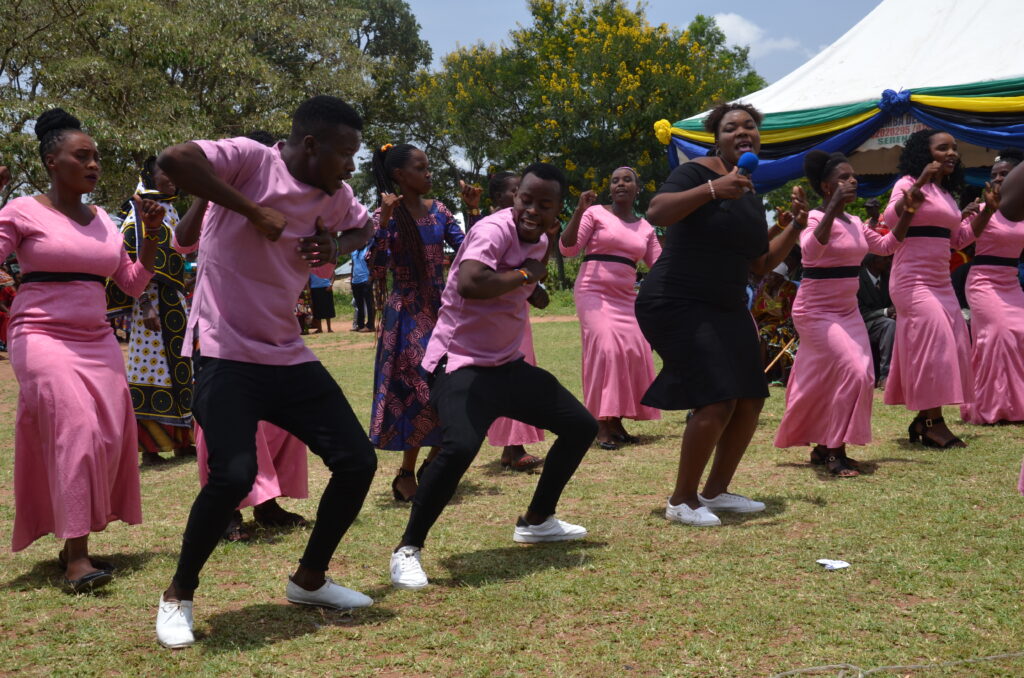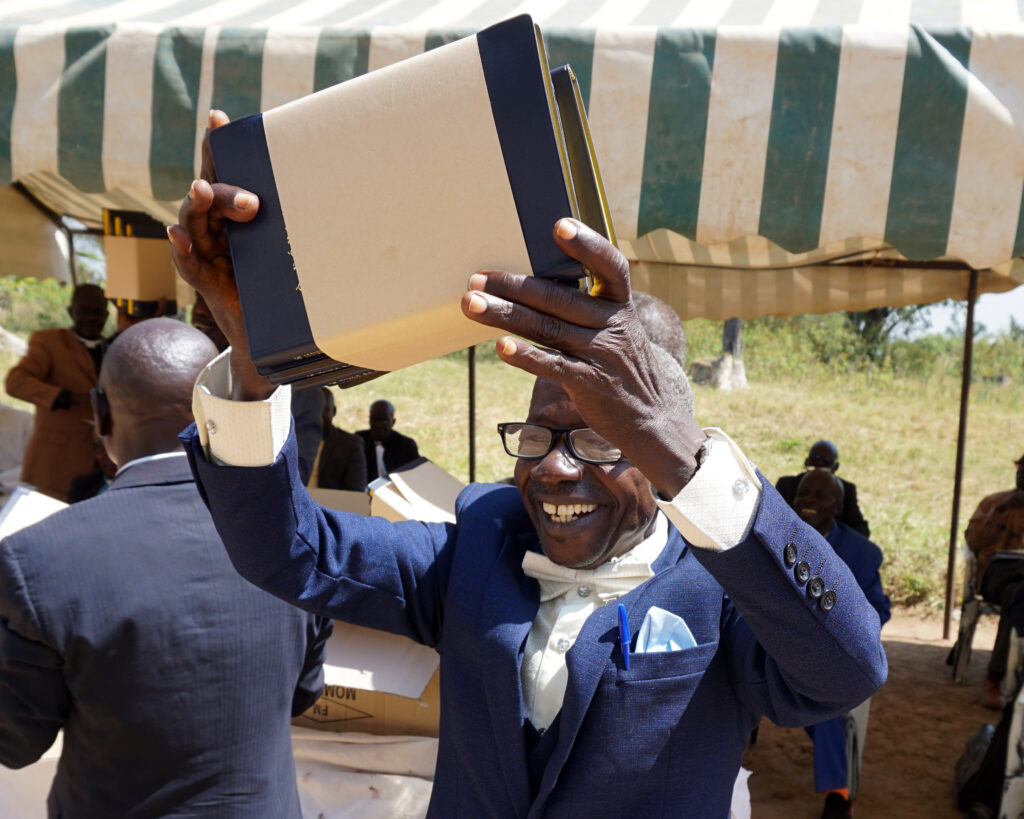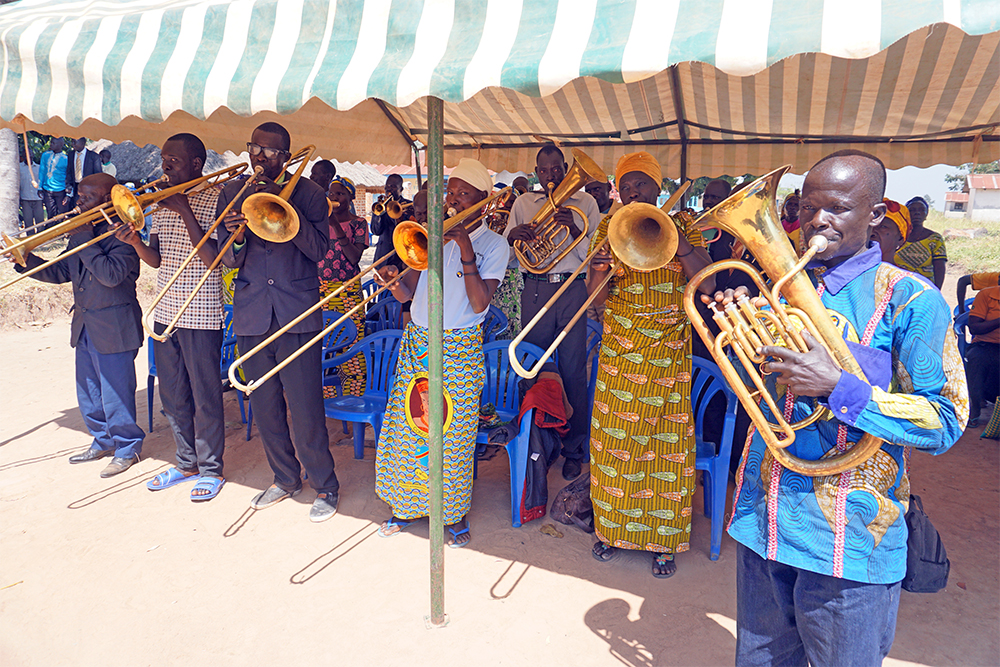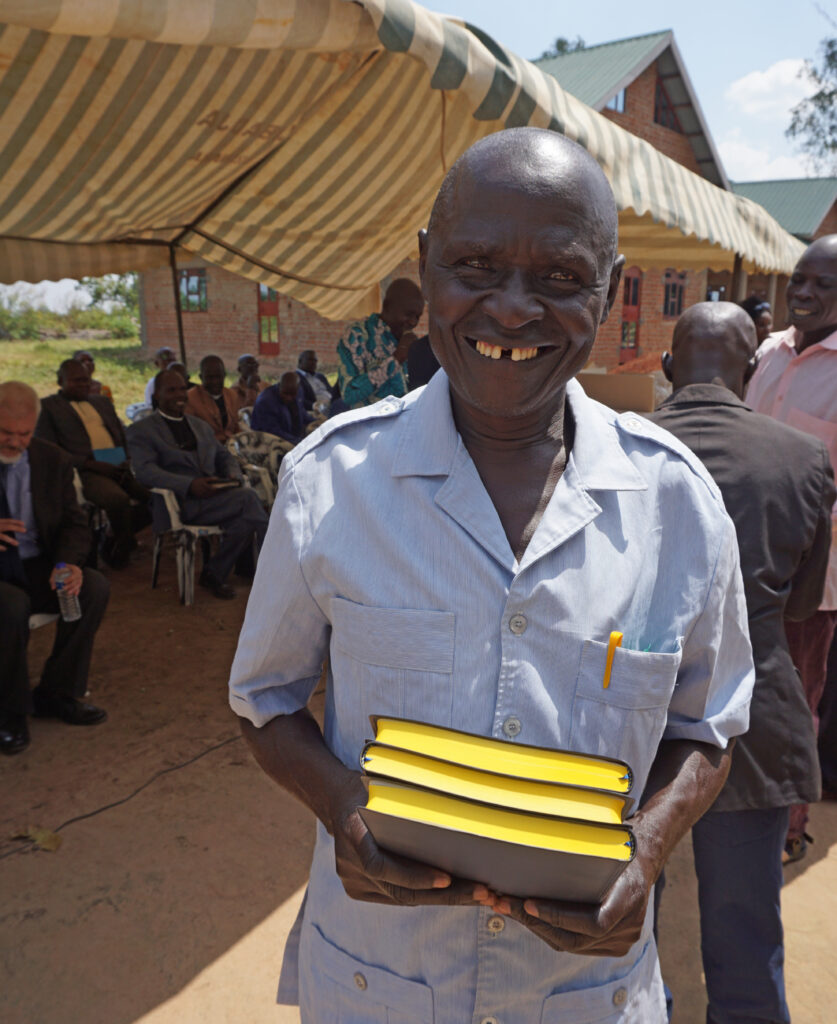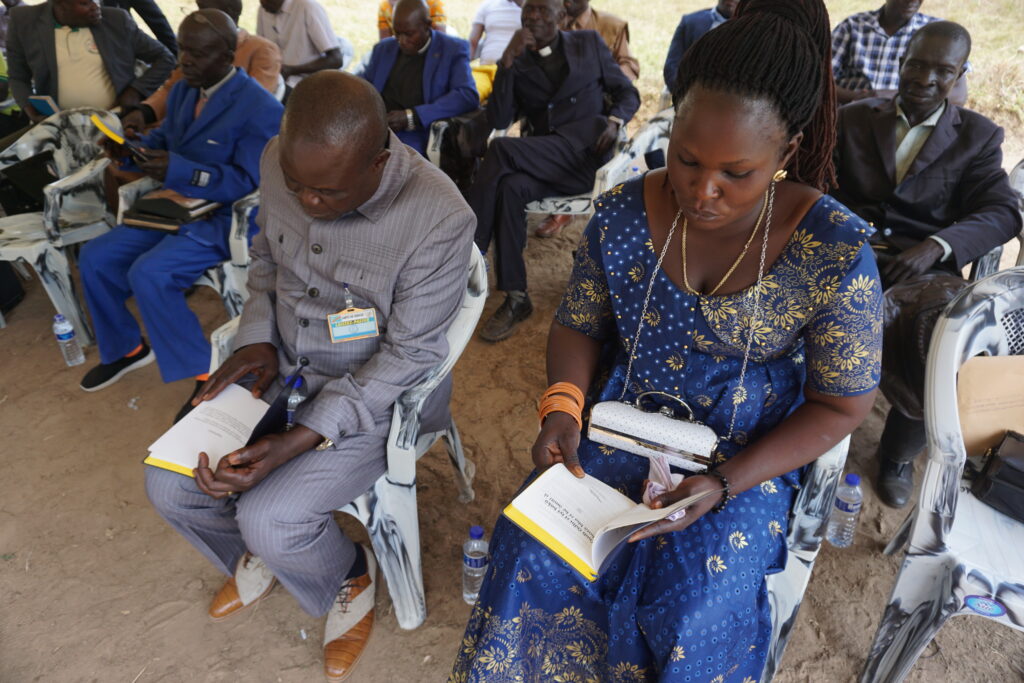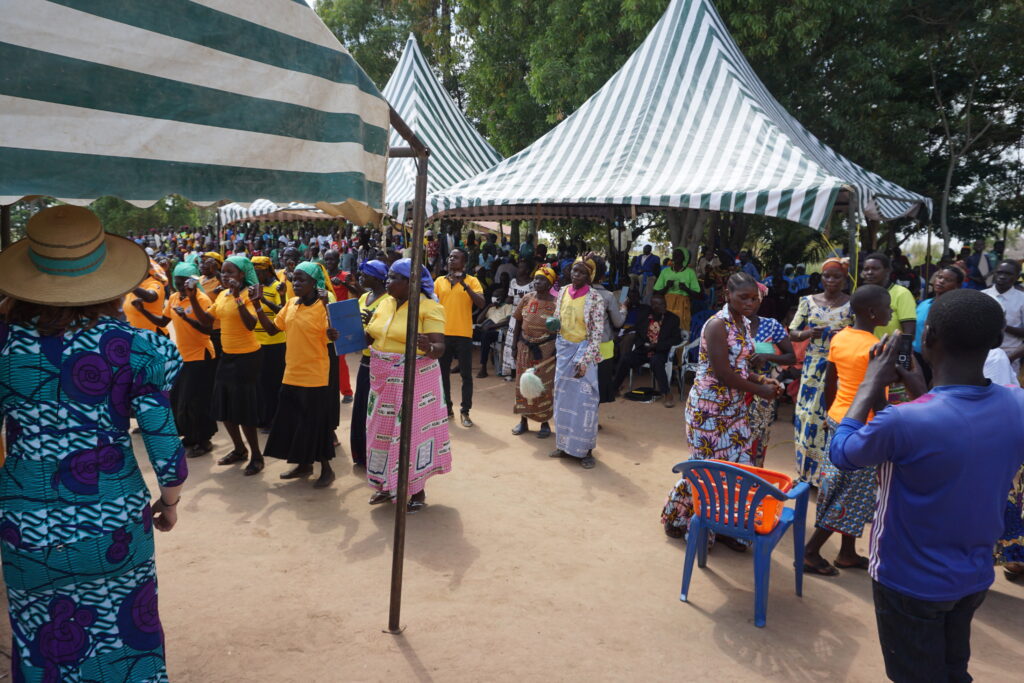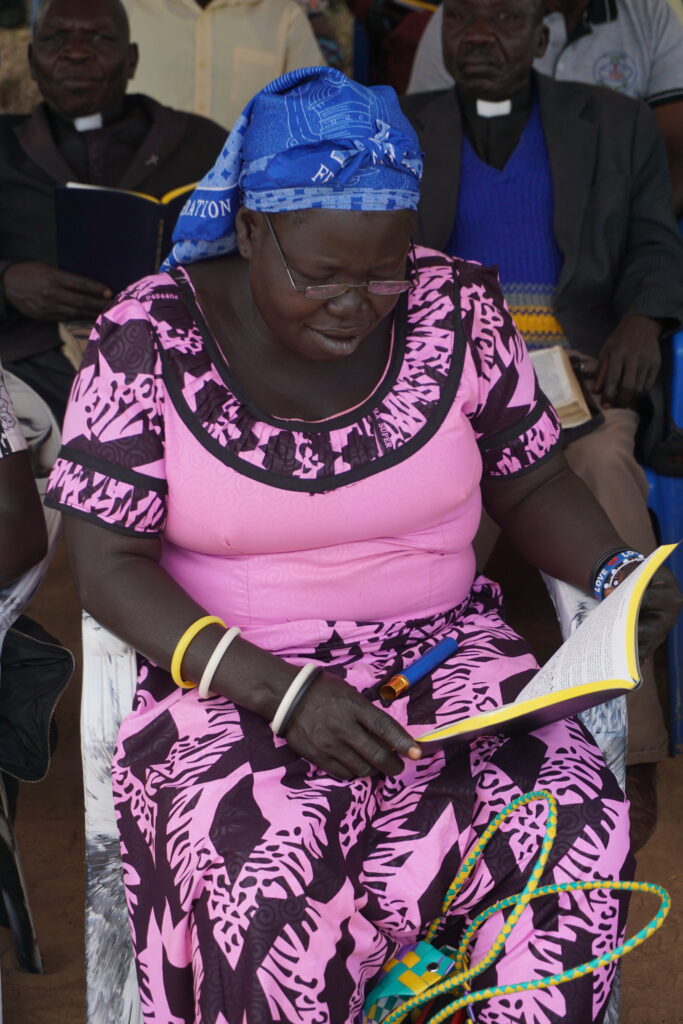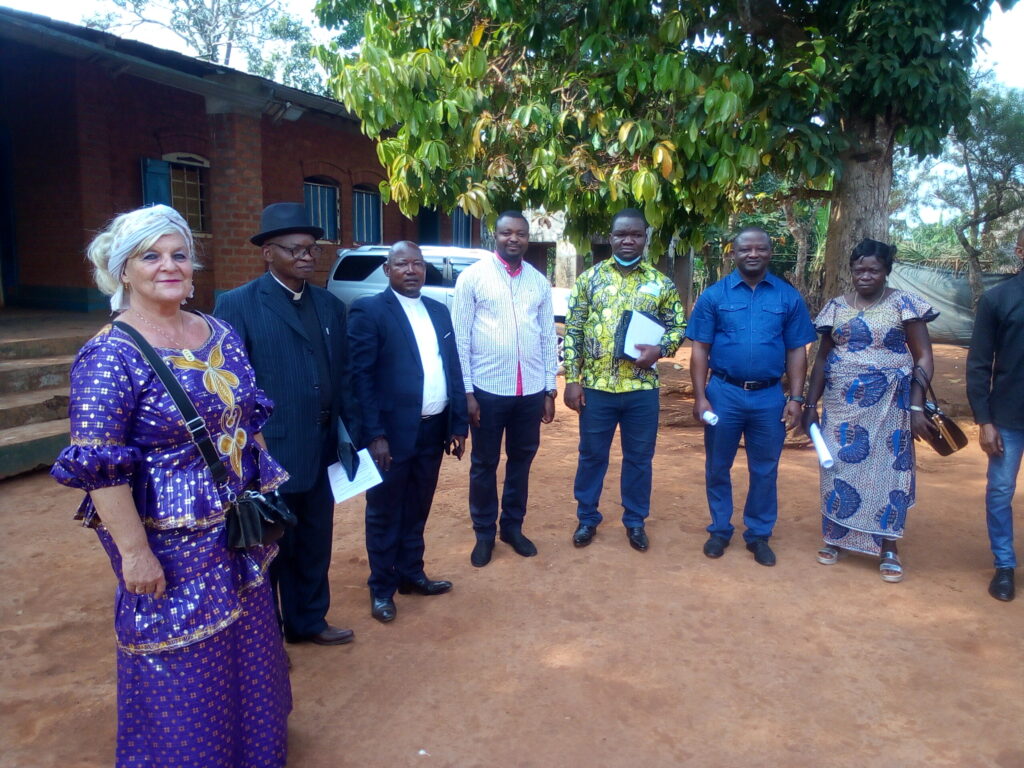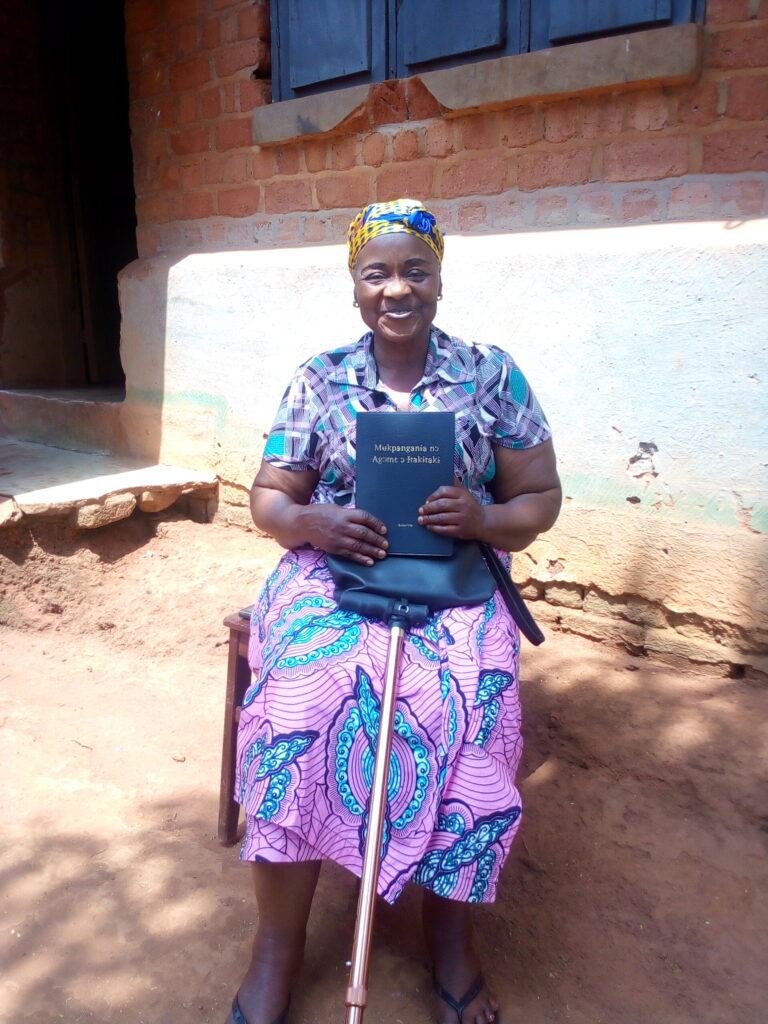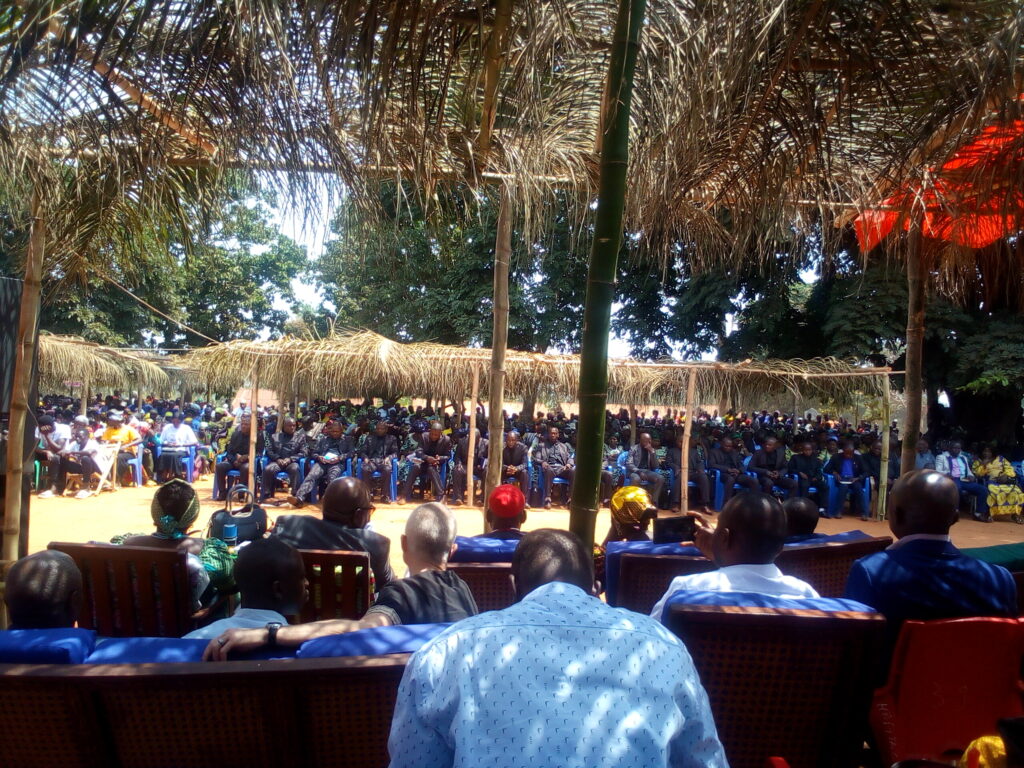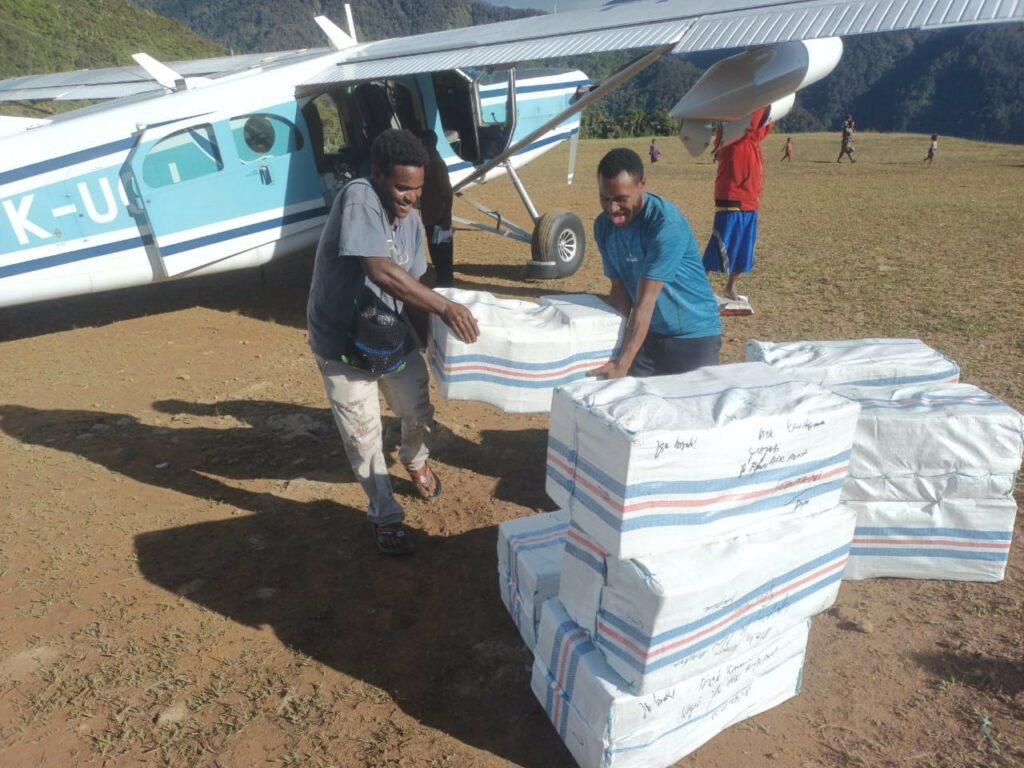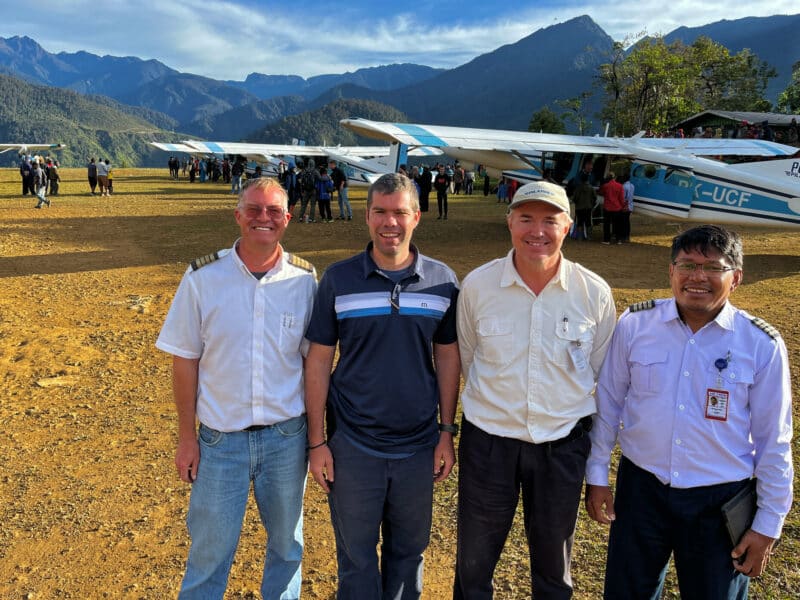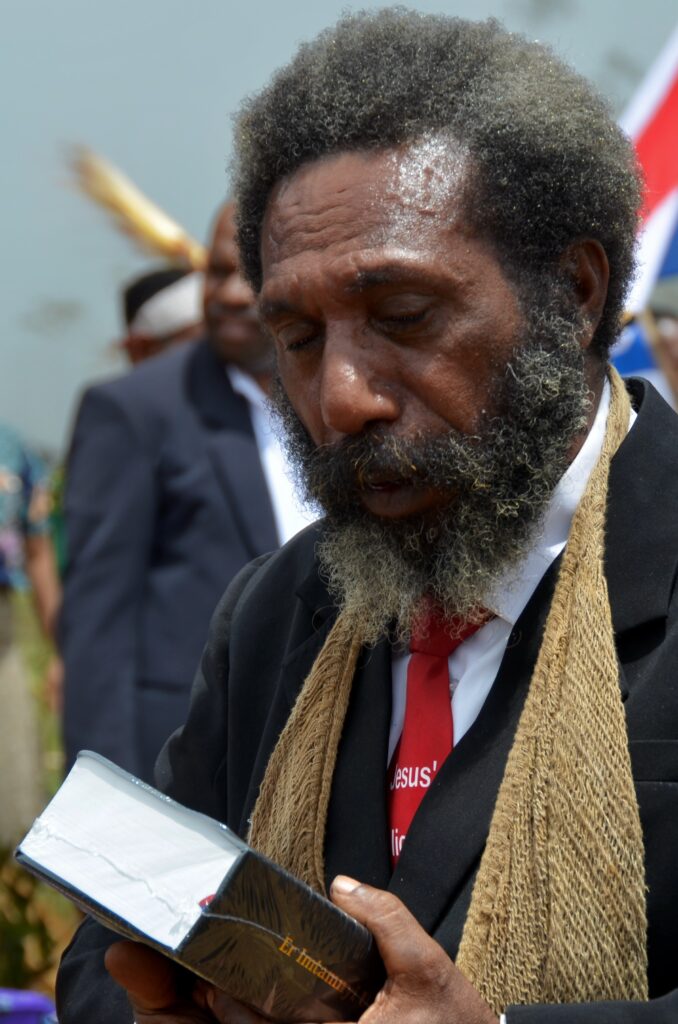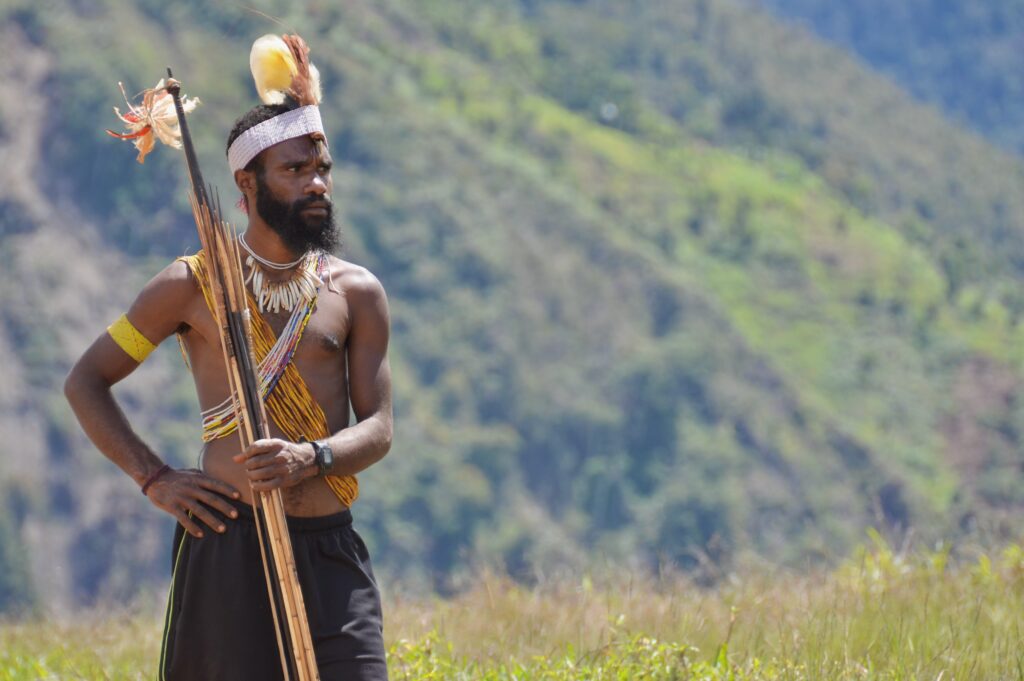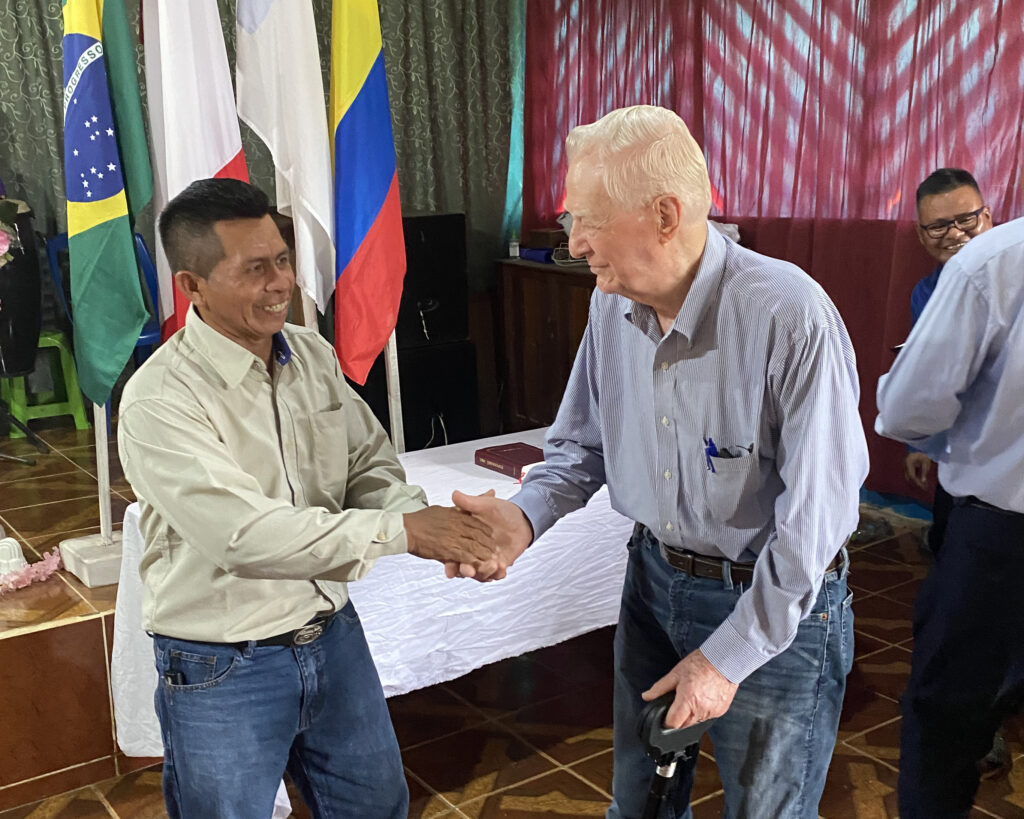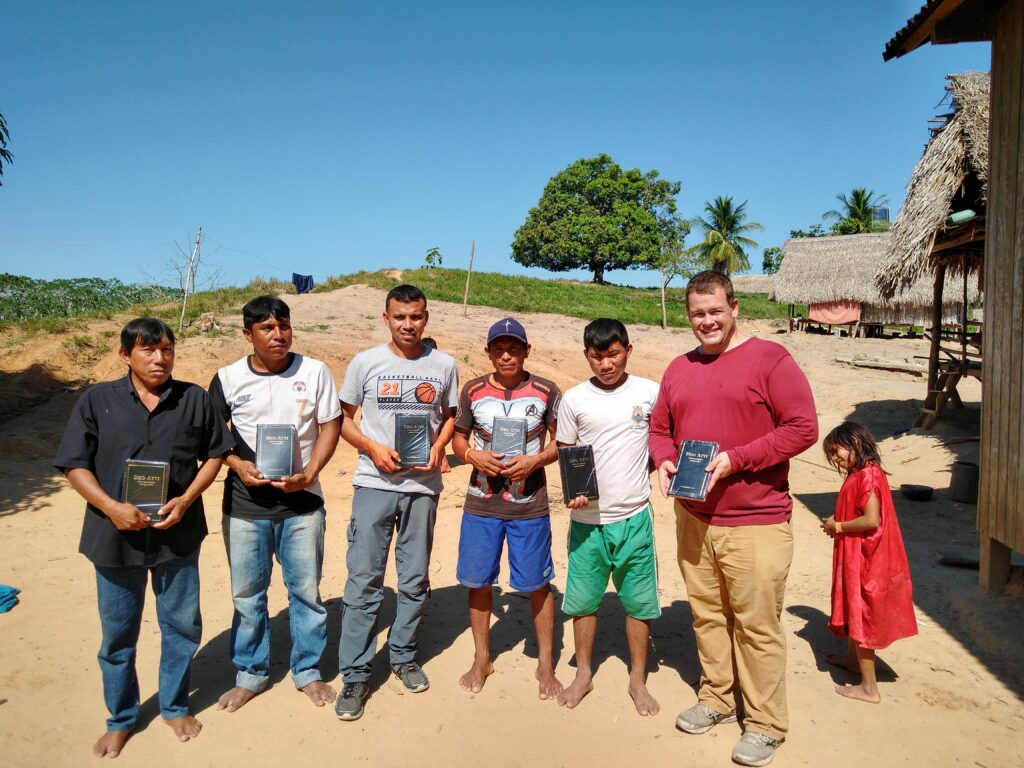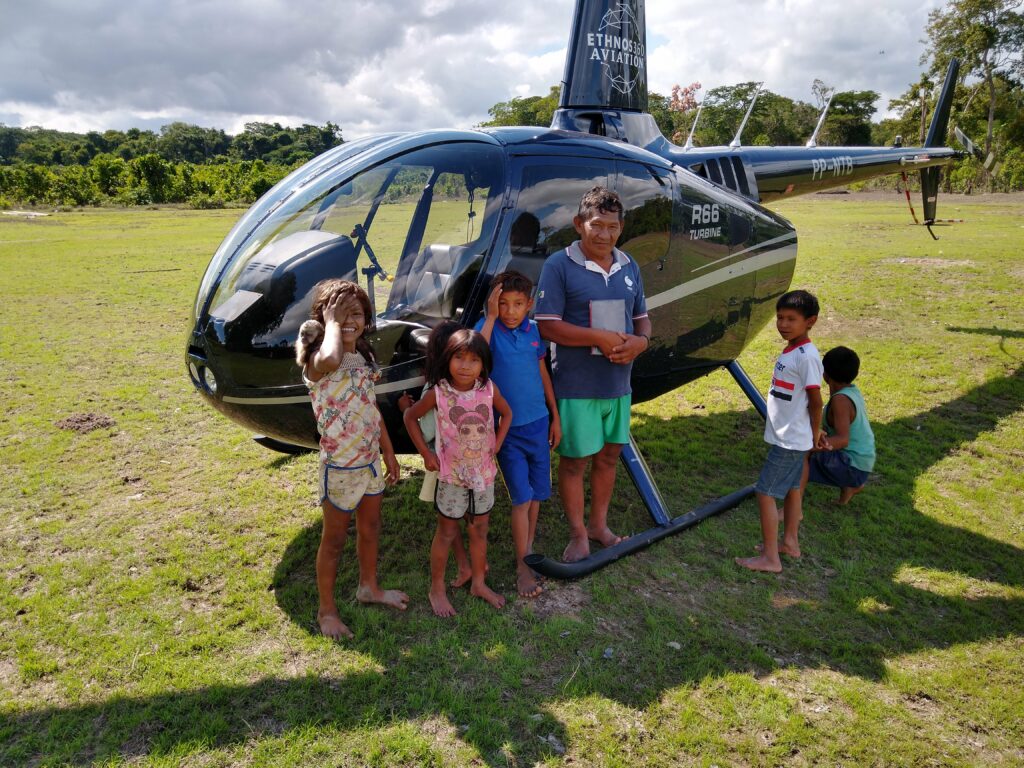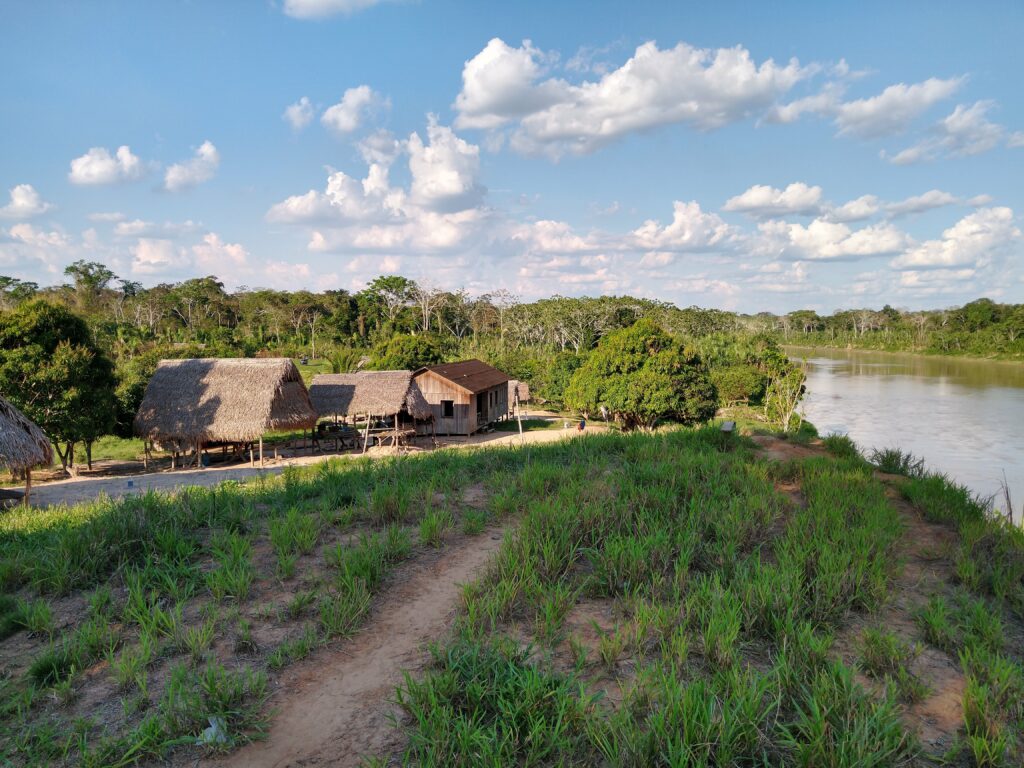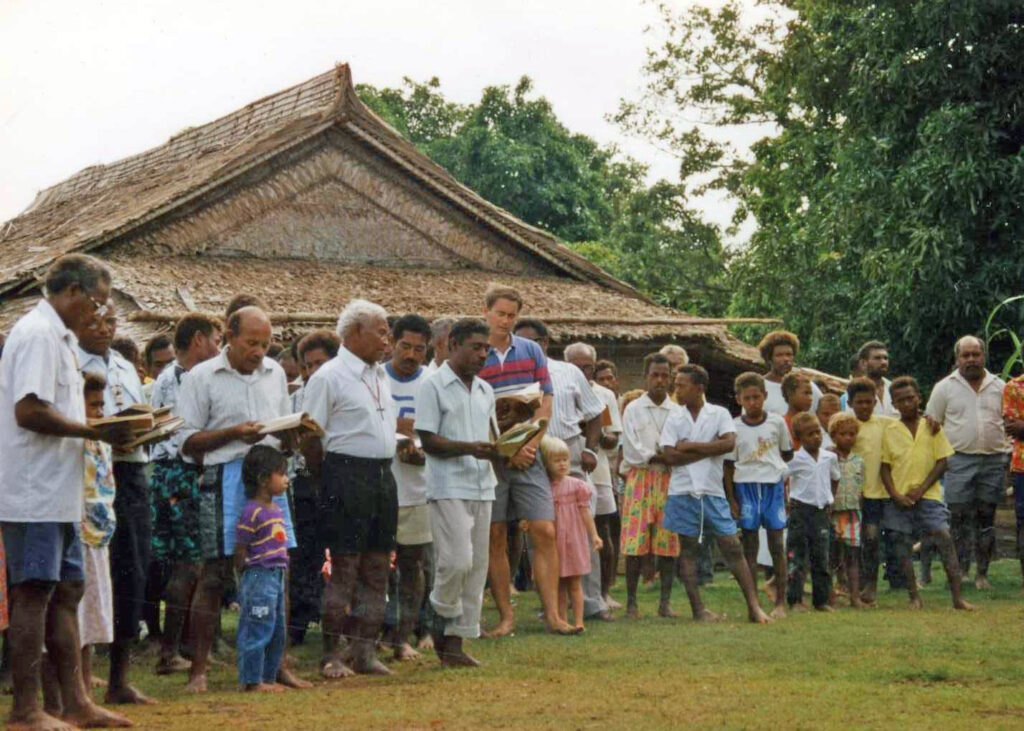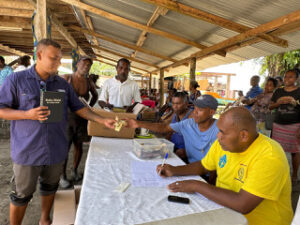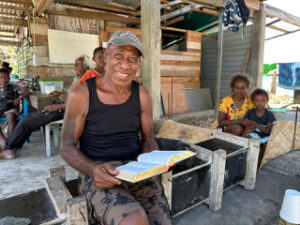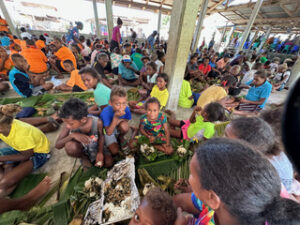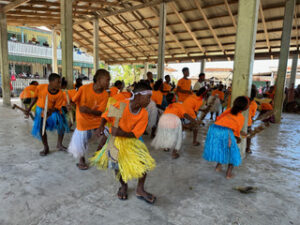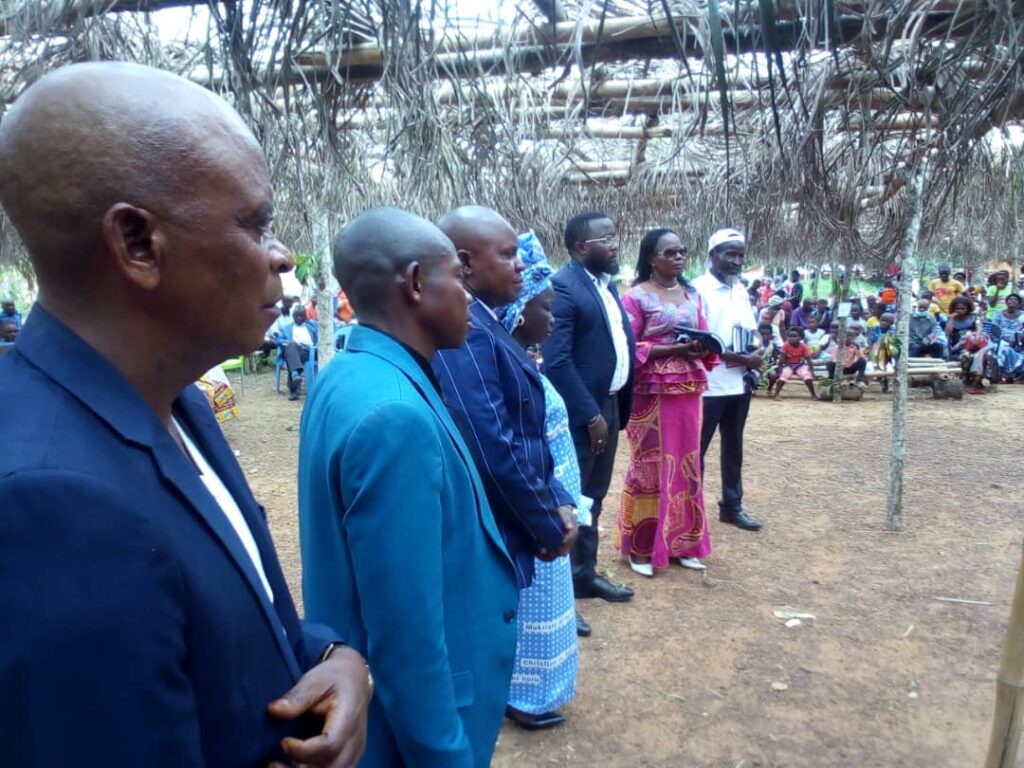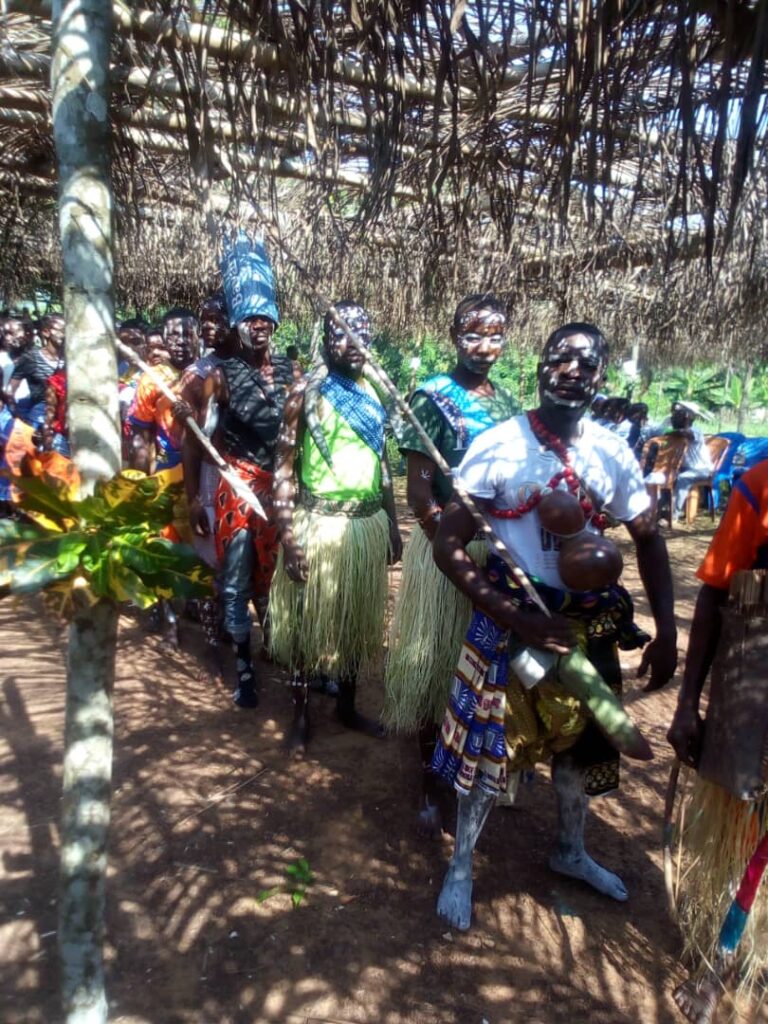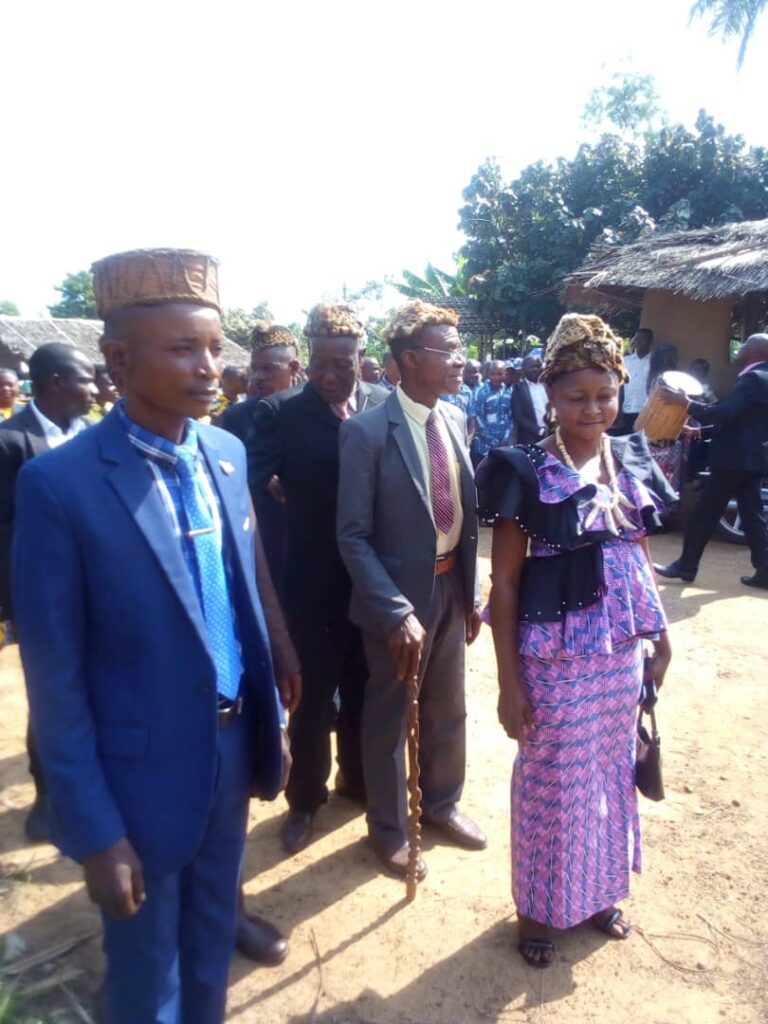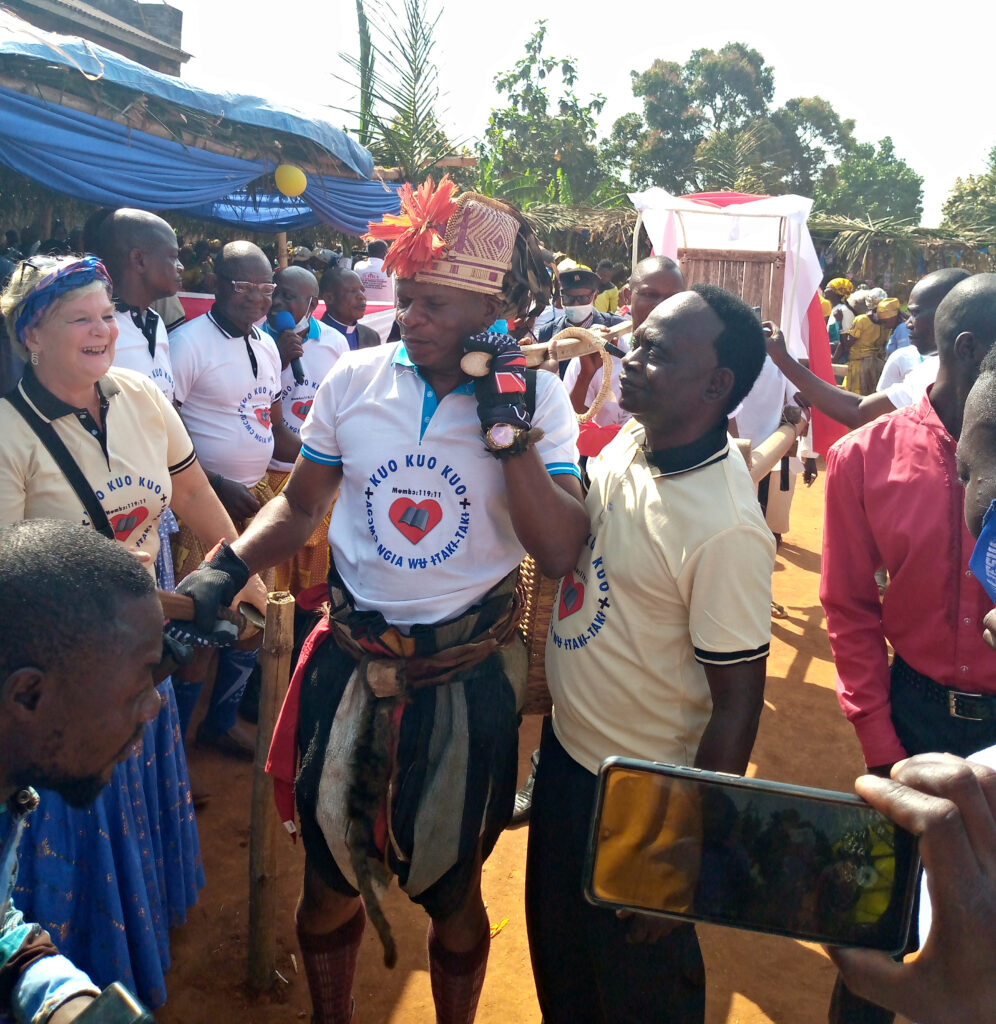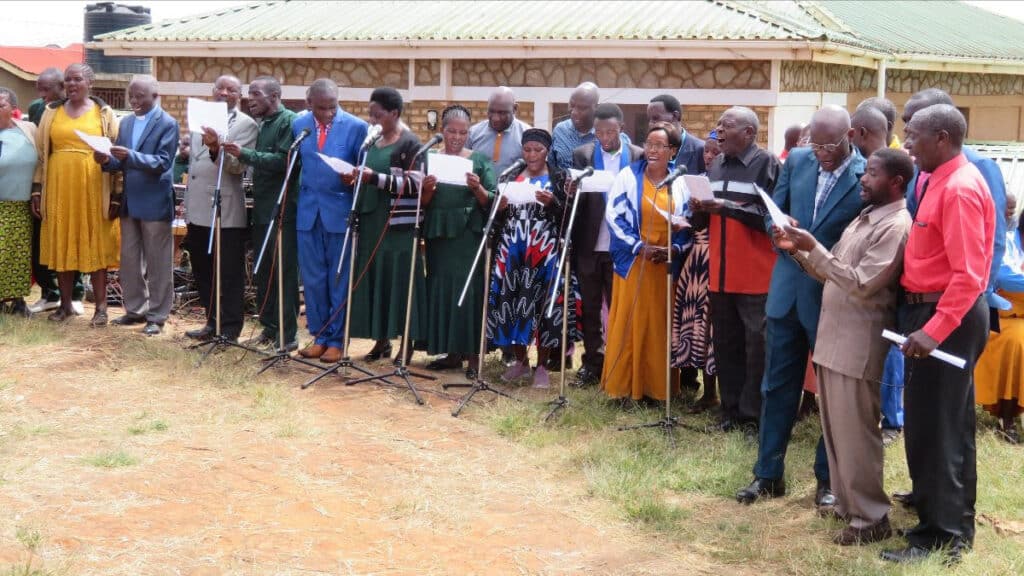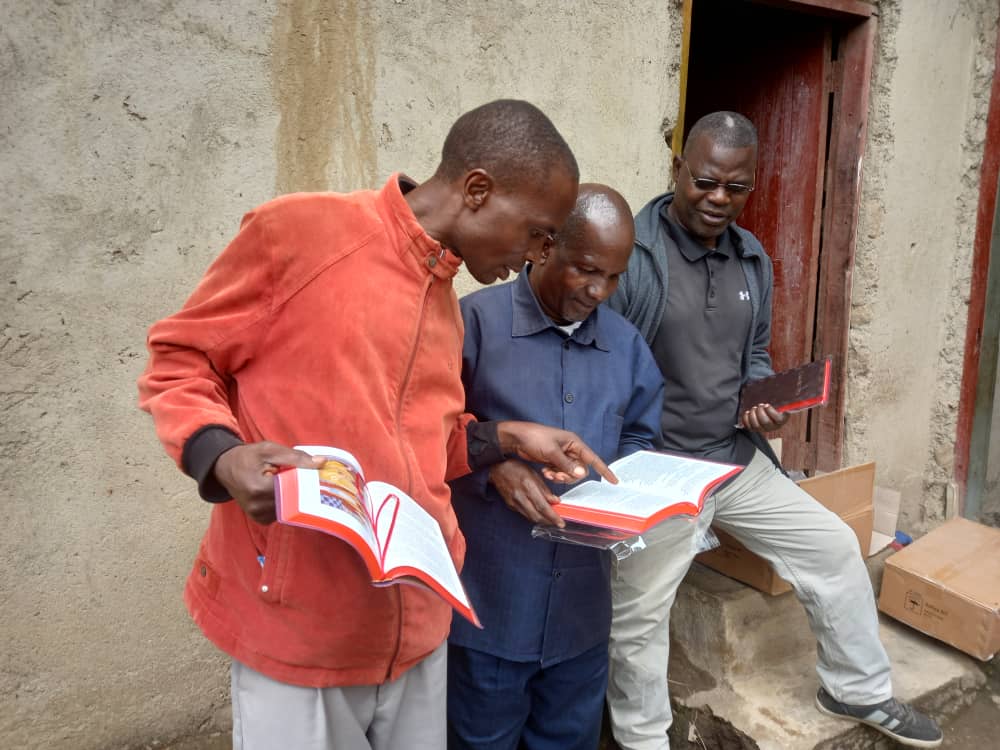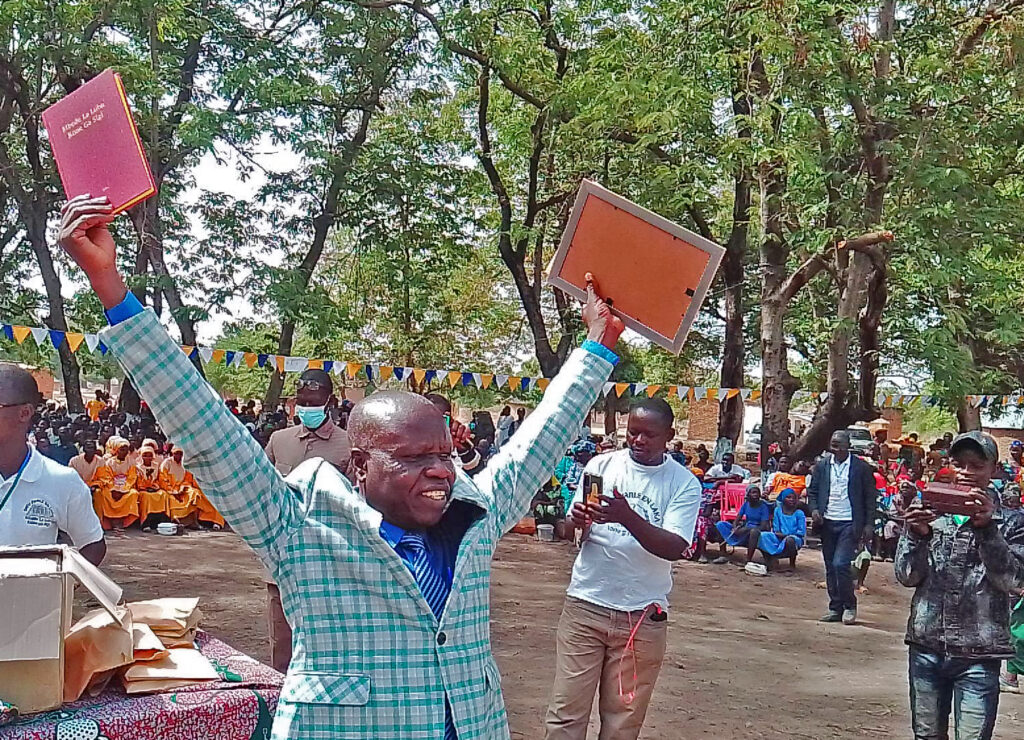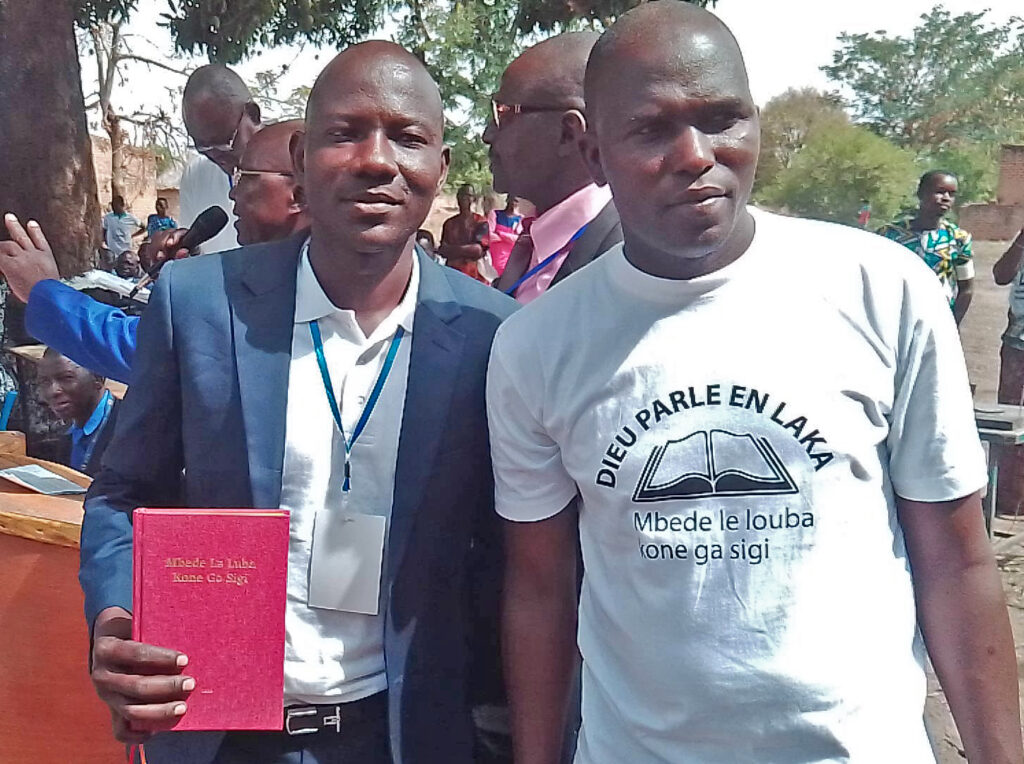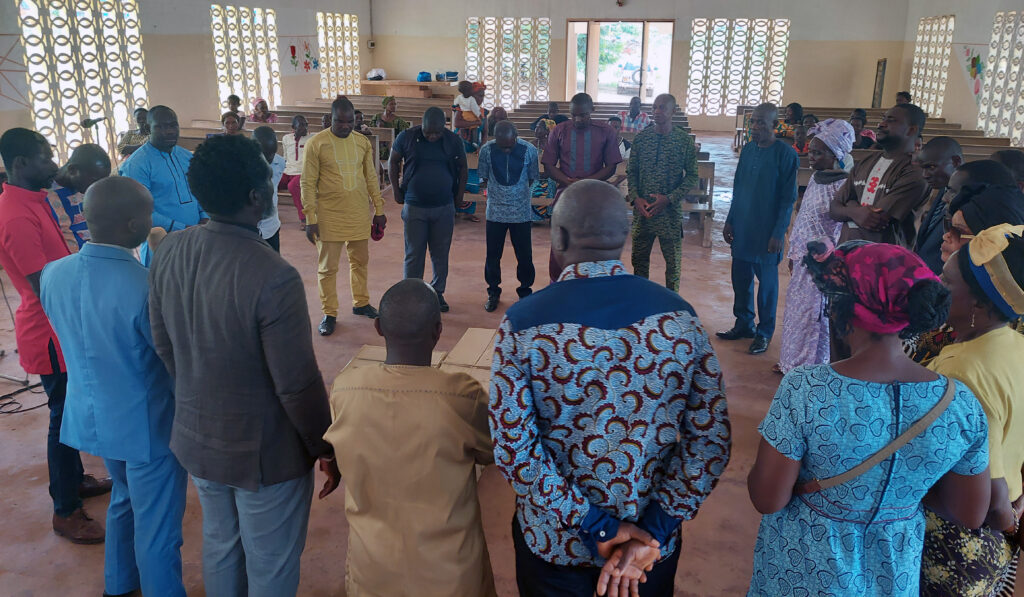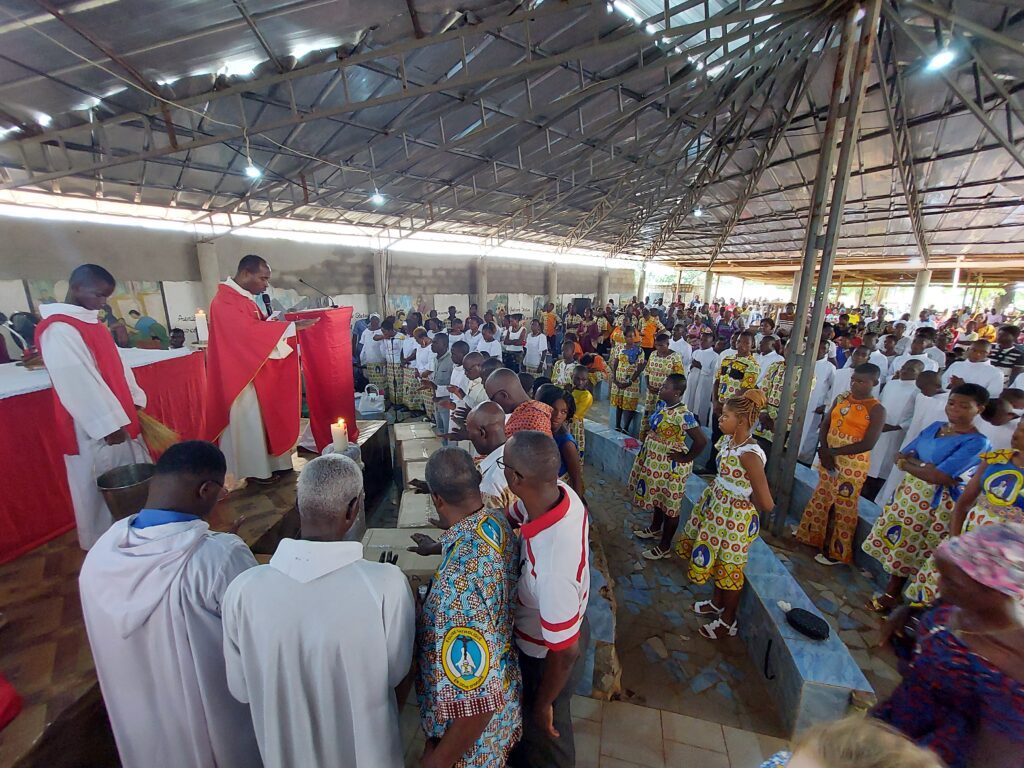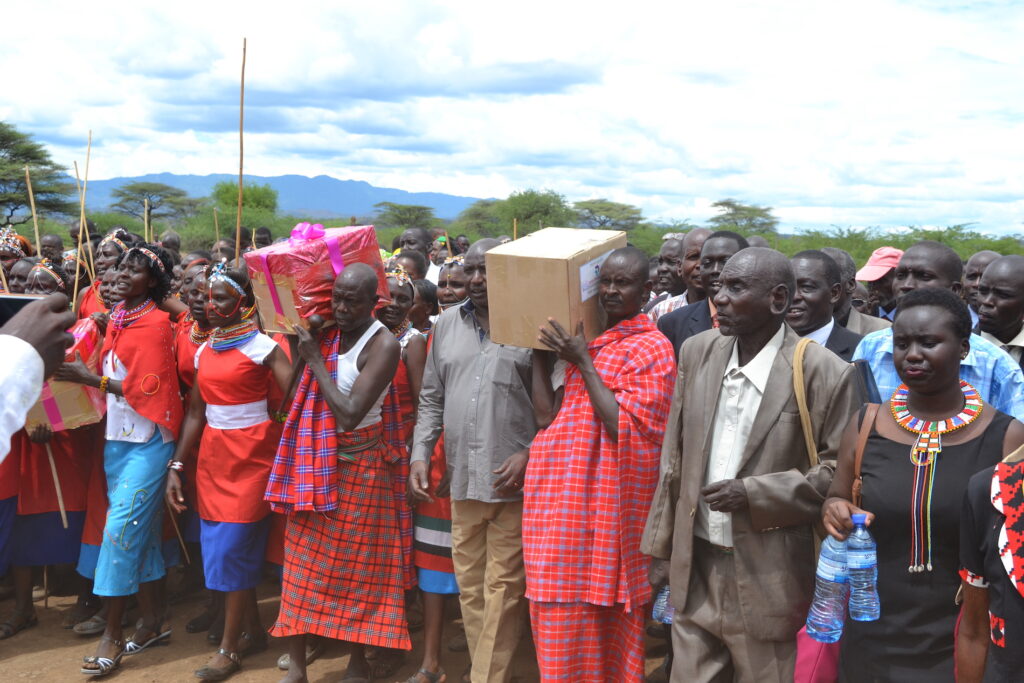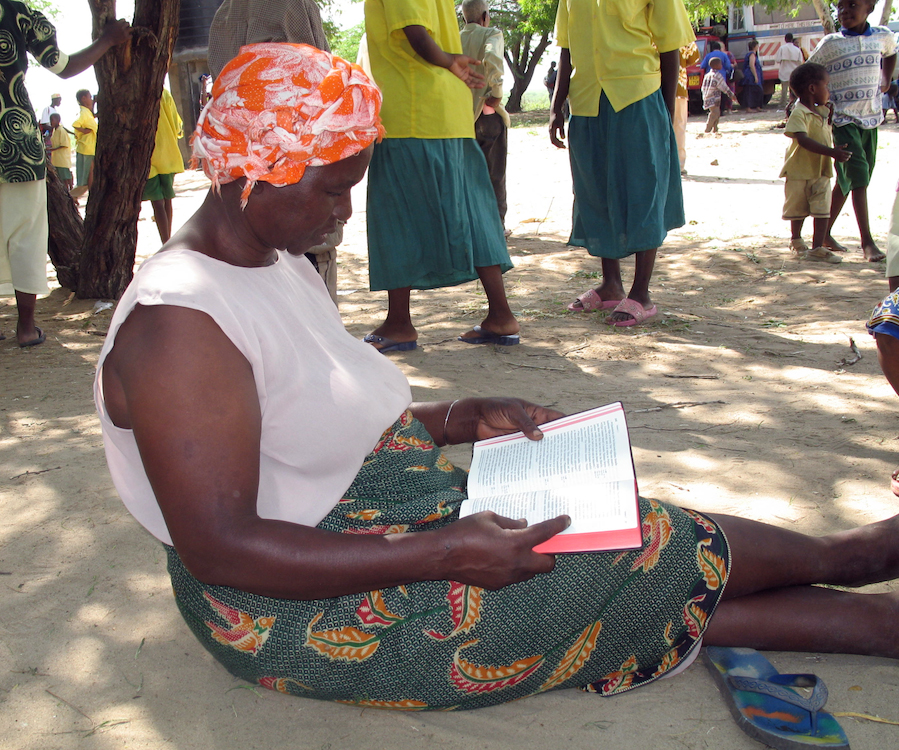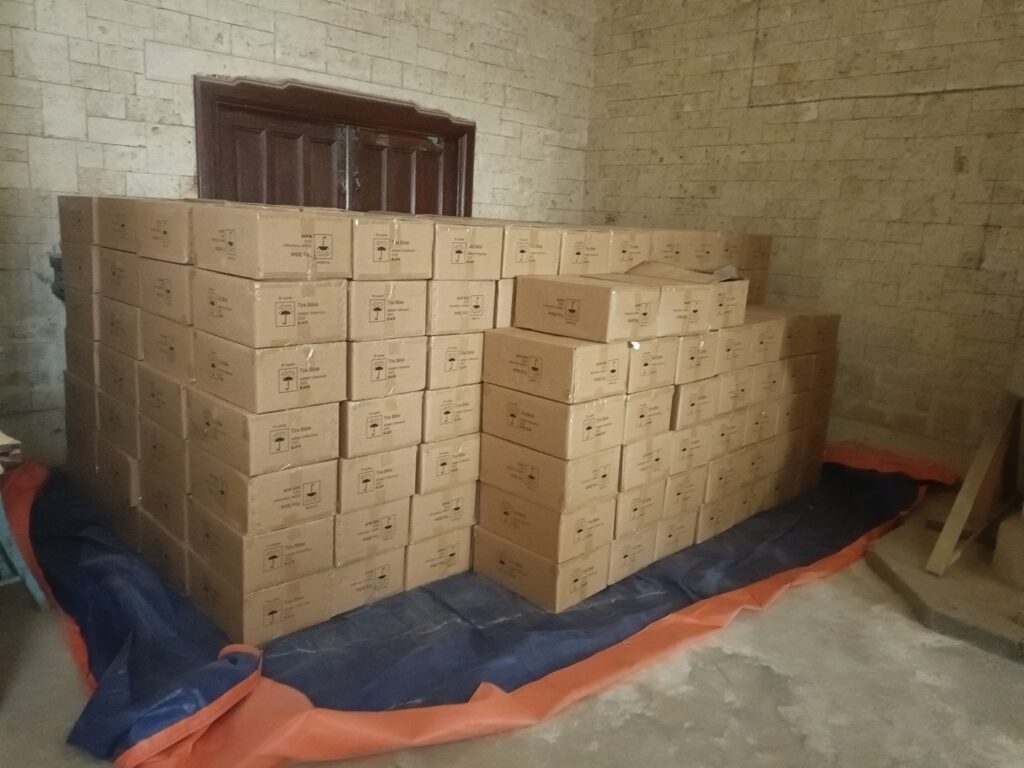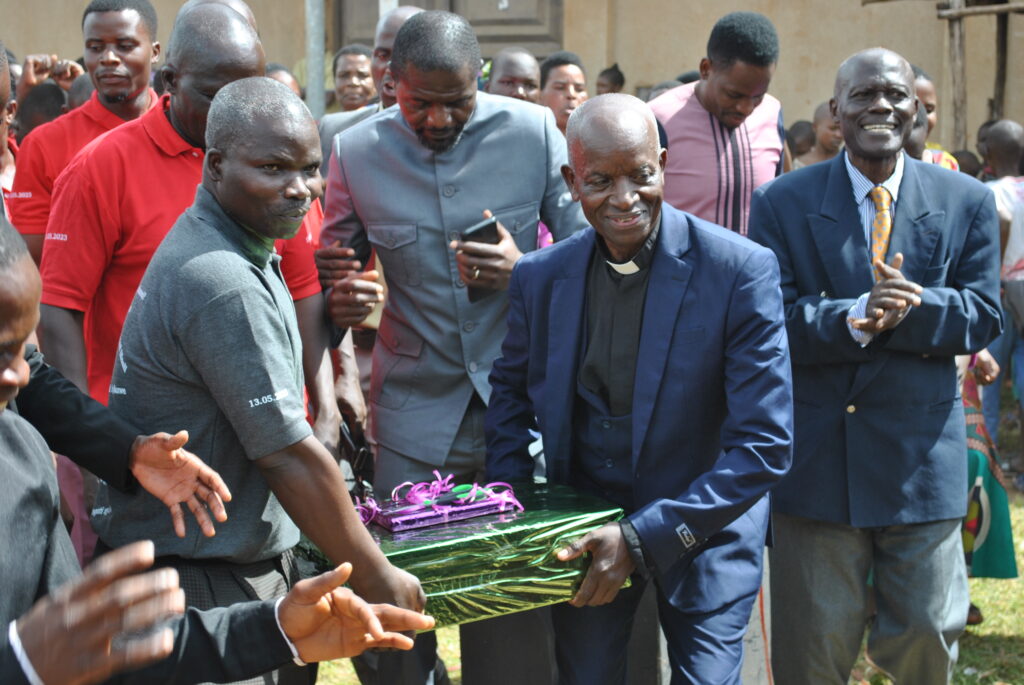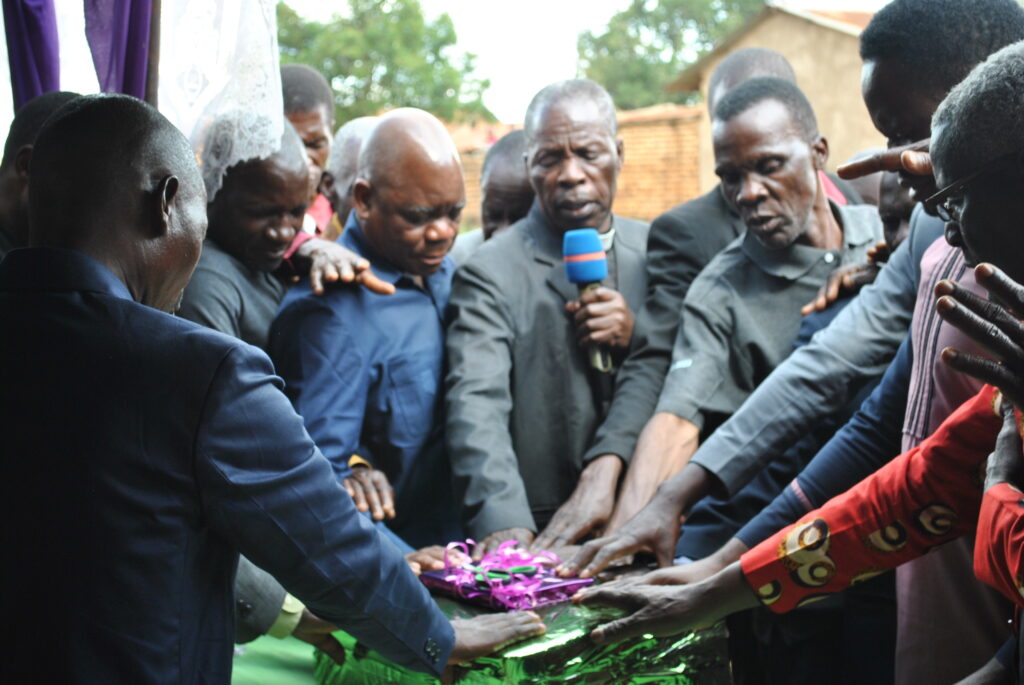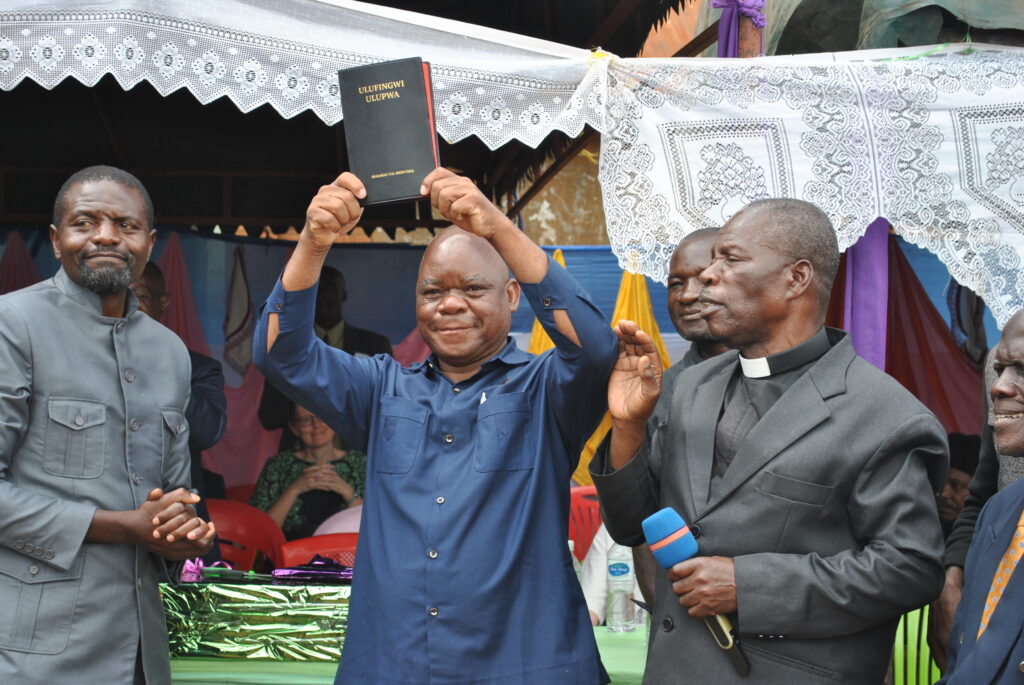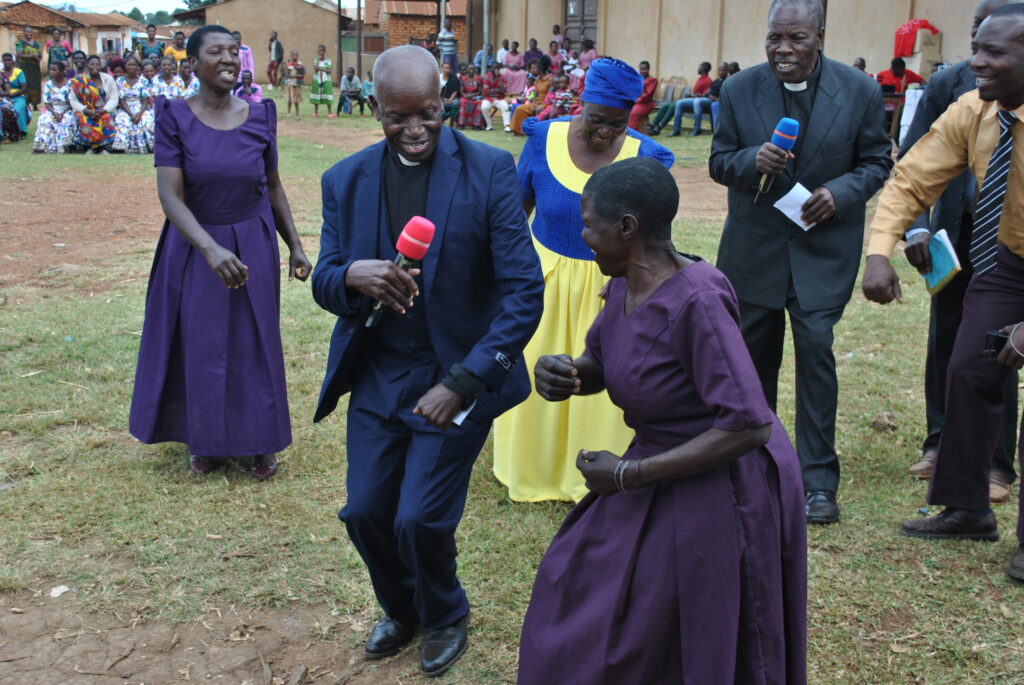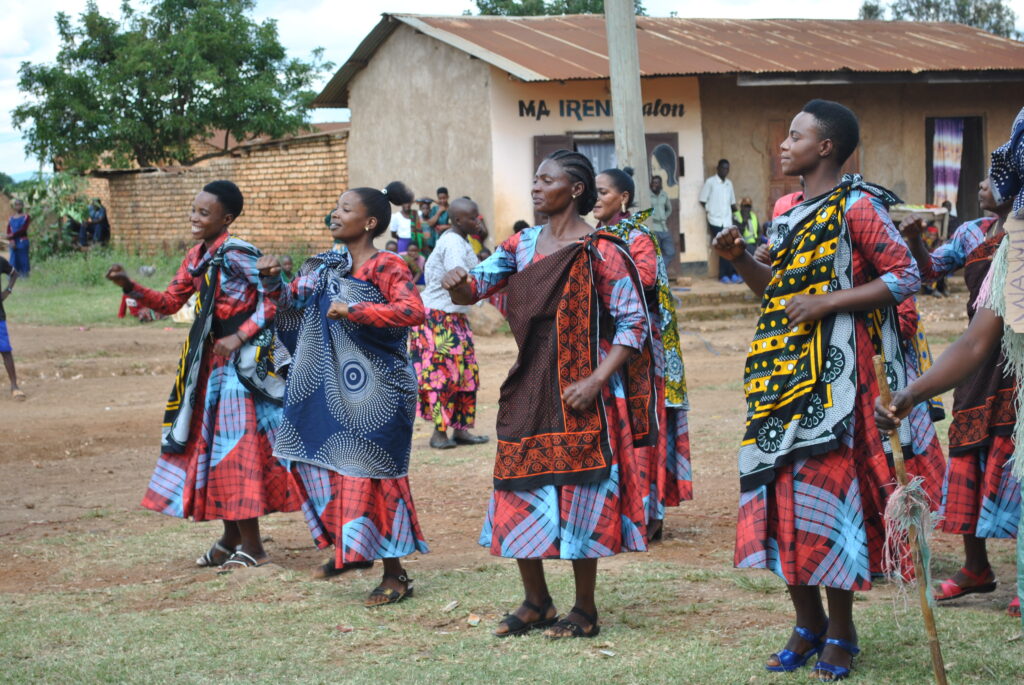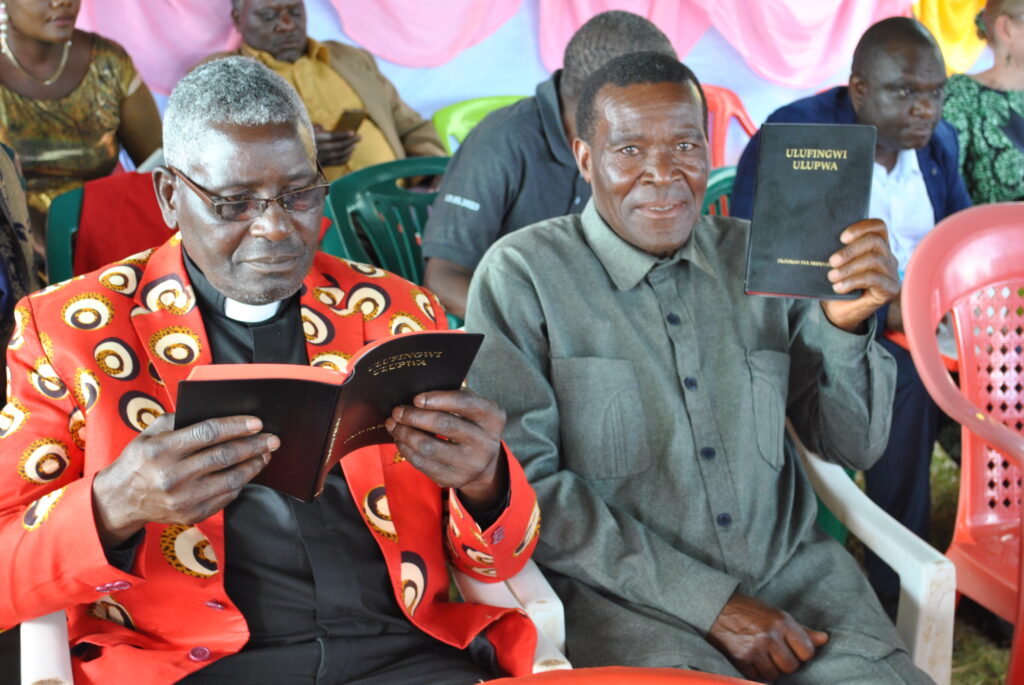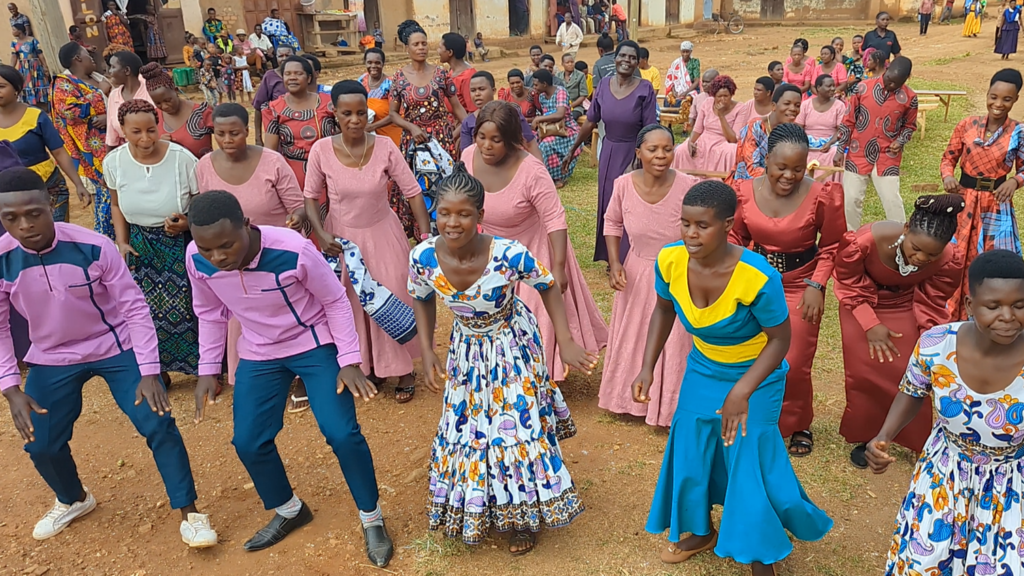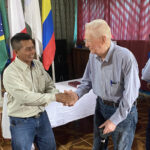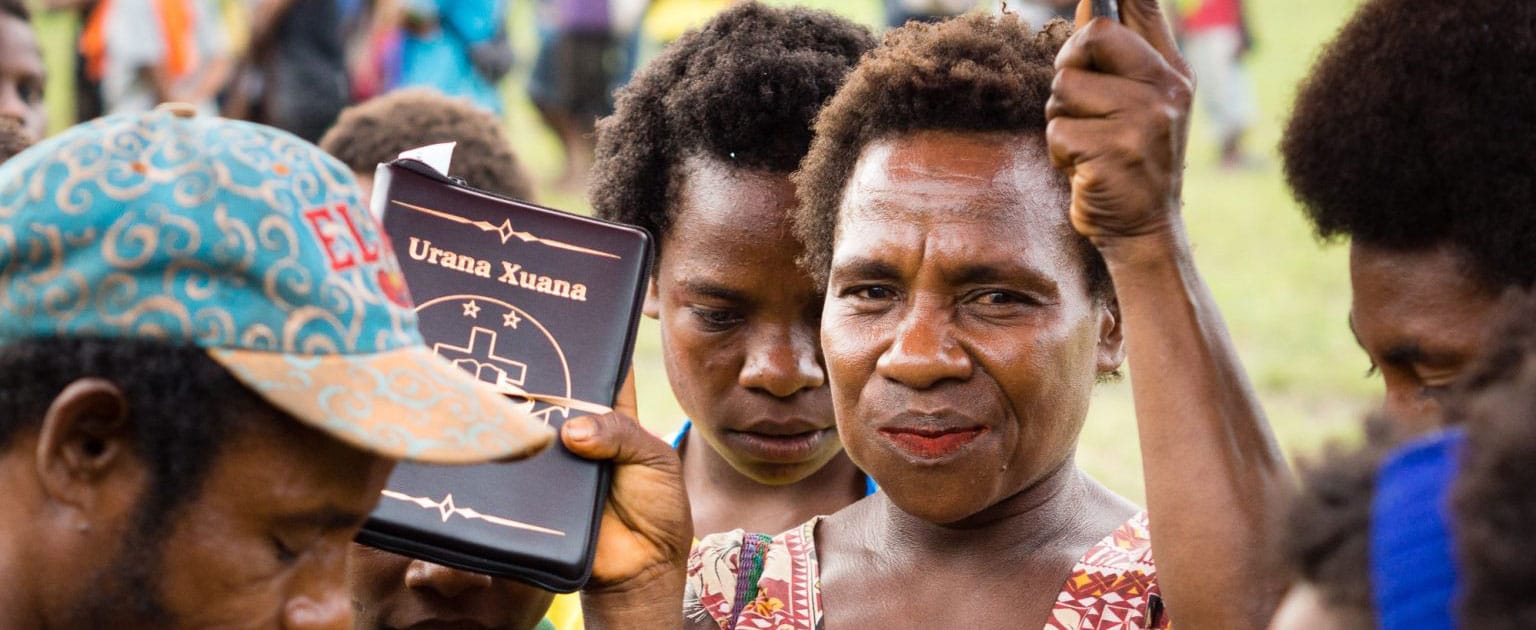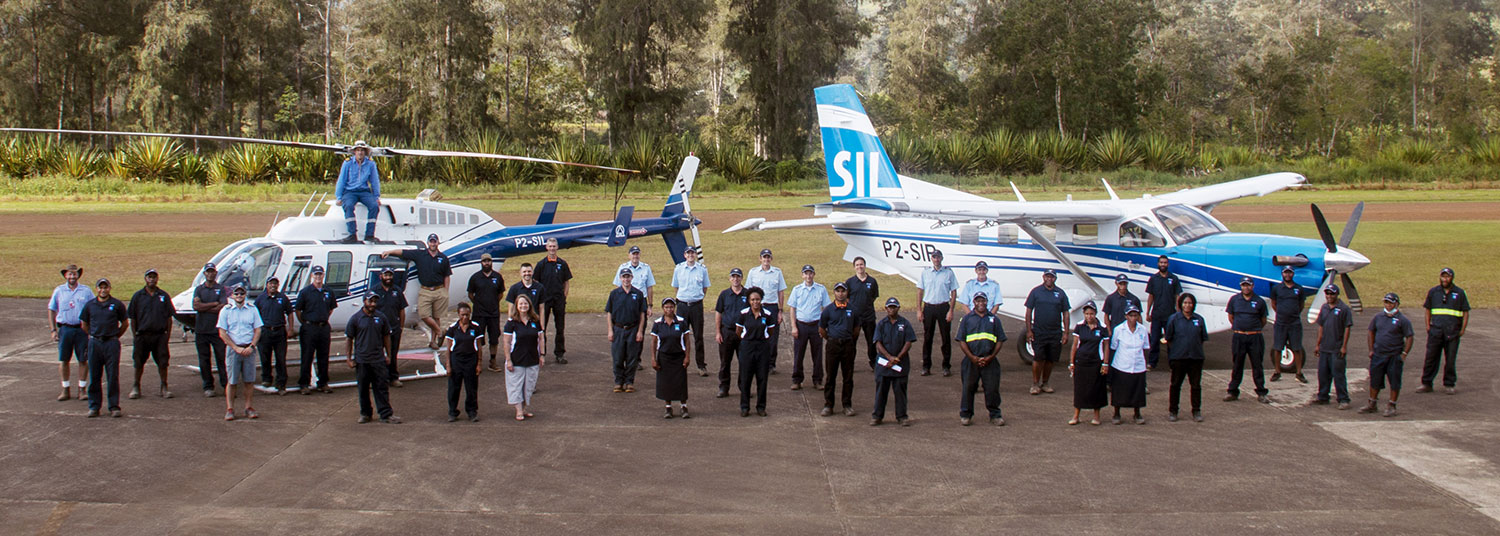Flying Fixed-Wing Aircraft in the Mountains: Not That Easy
This is the second part in our series about mountain week. Don’t miss out on the first article about helicopter training.
To prepare to fly fixed-wing aircraft in some of the most difficult places in the world so that unreached people can experience God’s Word and love, pilots must step up their training.
During JAARS Pre-Field Orientation (PFO), instructors prepare the pilots as much as possible so that when they arrive overseas, they can focus on training for their specific environment. The intensive initial training at JAARS enables instructor pilots overseas to minimize the time required to check out the new pilots, allowing the instructors to focus more time on serving missionaries and local people.
Many of the places overseas where these JAARS orientees will serve are mountainous, so to the North Carolina mountains the pilots and their instructors went.

Real-Weather Flying Practice in the Fixed-Wing
On the flight to the North Carolina mountains, Philip Busk, one of the fixed-wing pilots, got his first taste of unpredictable mountain weather.
Philip and a JAARS instructor had been delayed about two hours leaving JAARS for the mountains because of low-level clouds.
When they finally took off, Philip practiced navigating through valleys and mountain passes to reach the Avery County Airport, which is nestled in a valley.
Philip practiced turning around in a tight canyon. “You have to be comfortable flying close to the wall of the canyon so you have the most room possible in case you have to turn around,” he explained.
Pilots also have to do this while maintaining altitude, to avoid clouds above or getting too close to the ground.
Then Philip practiced crossing through a notch in a ridge as if there were clouds directly above. “The nice thing for us was that the clouds were actually right at the top of the notch. Our minimum elevation we had to be at was 100 feet above the ridge line. And the clouds were just above that. So it was really cool getting to see the actual conditions that we would need to do a ridge crossing like that.”

Not as Tall as the Mountains in Indonesia
Philip will serve in Papua, Indonesia, where the mountains can reach 16,000 feet. North Carolina’s mountains are less than half that high, but flying lower in the valleys isn’t very different than it will be in Indonesia or other mountainous locations. The way that Philip has to modify the pattern to fly a little closer to the runway or go up the valley and then turn around is similar to what he’ll do in Indonesia.
The way that the pilots can’t see the runway until they’re about a mile away is also similar to what it will be like landing on airstrips in mountains overseas.
There Are No Paved Runways Here
Some of the airstrips used during Mountain Week are similar to those Philip and the others will land on and take off from overseas. One airstrip belongs to a local farmer and is used as farmland the rest of the year.
This airstrip is named Brown after the farmer who owns it. Because it’s not a developed and regularly maintained airstrip, it has undulations. “As you’re taking off, there’s one bump in the runway just before you’re ready to rotate—we call it a ski jump. The airplane lifts off there, and you make it work.”
The airstrips that the pilots will use overseas will also be maintained by local people, so this gave the pilots practice for the mission field.
As part of PFO, the guys actually took a runway survey class where they learned how to determine whether an airstrip is safe to use. In the rainforests where JAARS operates, the airstrip grass and the surrounding trees grow quickly, and the downpours of the rainy seasons can cause lots of destruction!
Soloing in the Mountains for the First Time: Not as Hard as it Looks?

Besides the bump in the middle of the Brown airstrip, its approach is a little different from each direction. The fixed-wing pilots have to fly a modified pattern to do takeoffs and landings there.
After Philip did a few landings and takeoffs in each direction with his instructor, the instructor got out, leaving him alone in the Helio Courier. Ready to do a solo.
Philip did two landings in one direction, and then two in the other direction.
It was a huge confidence booster for Philip. “Just having him there [in the plane] is a security blanket. So when he got out and it was just me, I knew there was no one to take over. It gave me the confidence that I can actually fly this airplane safely.”
Many of the skills that Philip and the other pilots have acquired have come from just sitting in the airplane with their JAARS instructors, who have flown overseas for many years. “As you come up in here into the mountains,” Philip said, “and you see all these different situations and all these different environments, it reminds [the instructors] of experiences that they have that they’re able to impart to me. I think that’s been the most beneficial part of PFO for me.”
What IS a JAARS Pilot?
When Philip came to JAARS, he felt like a student. “And now I feel like a JAARS pilot. I see myself getting to the point where I have all of the knowledge of many years of JAARS pilots that they’ve passed on to me that’s going to help me accomplish that goal of flying safely in environments that are difficult.”
Now Philip will be able to fly our coworkers in Christ and the gospel to these remote places.
But this training isn’t possible without people like you stepping into the aircraft with us and giving sacrificially. Your gifts today will cover the last mile to the unreached.

